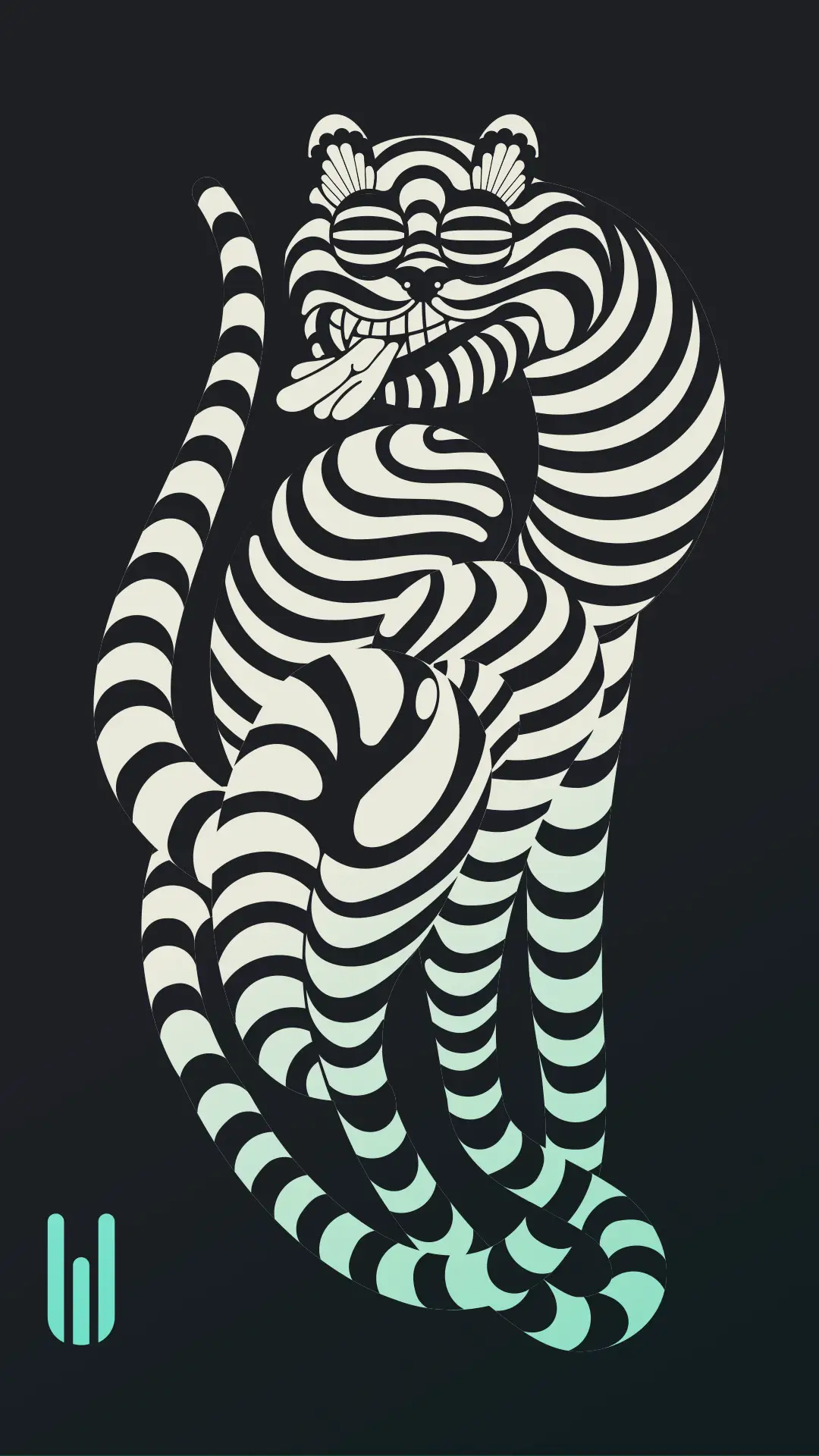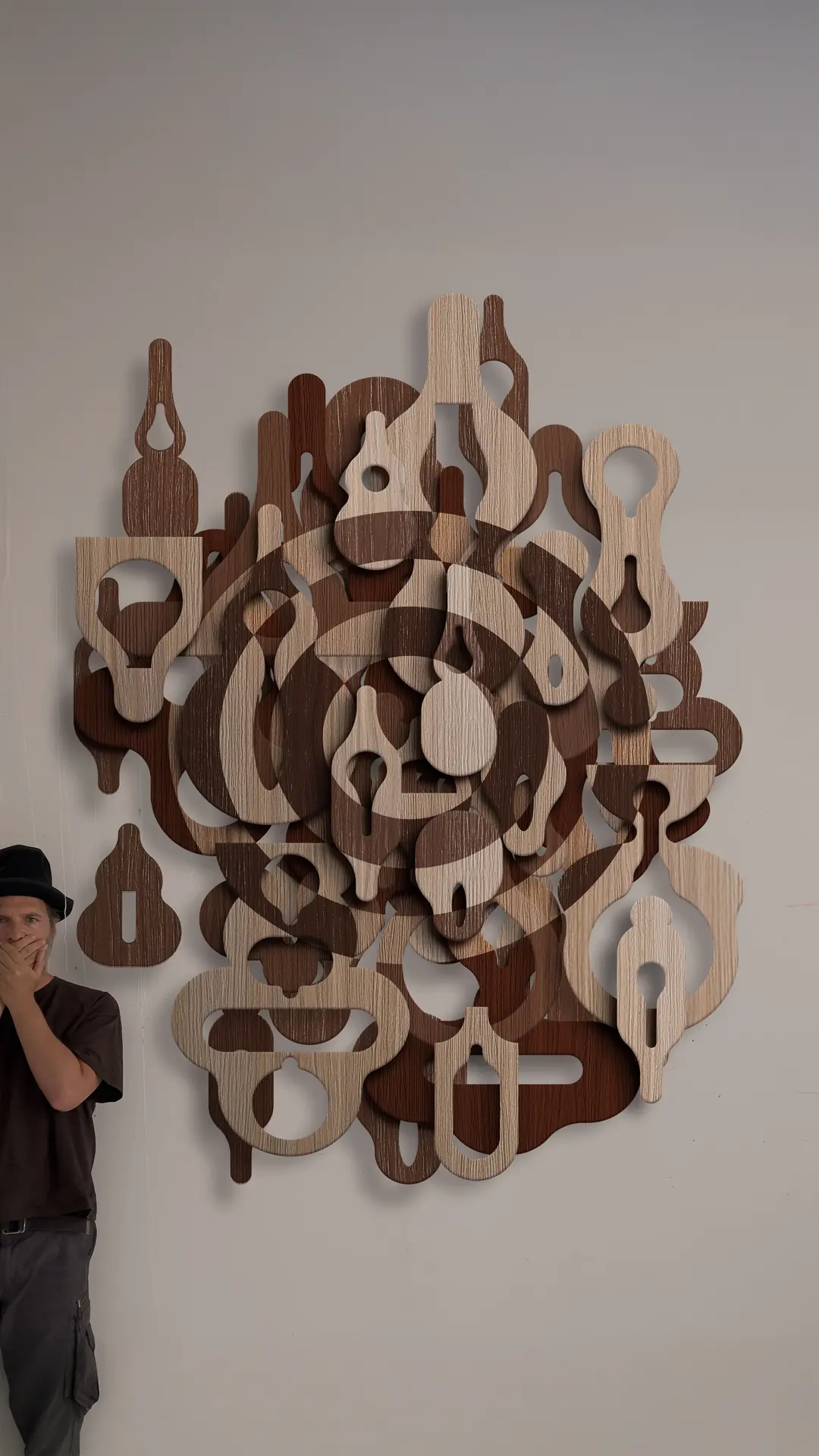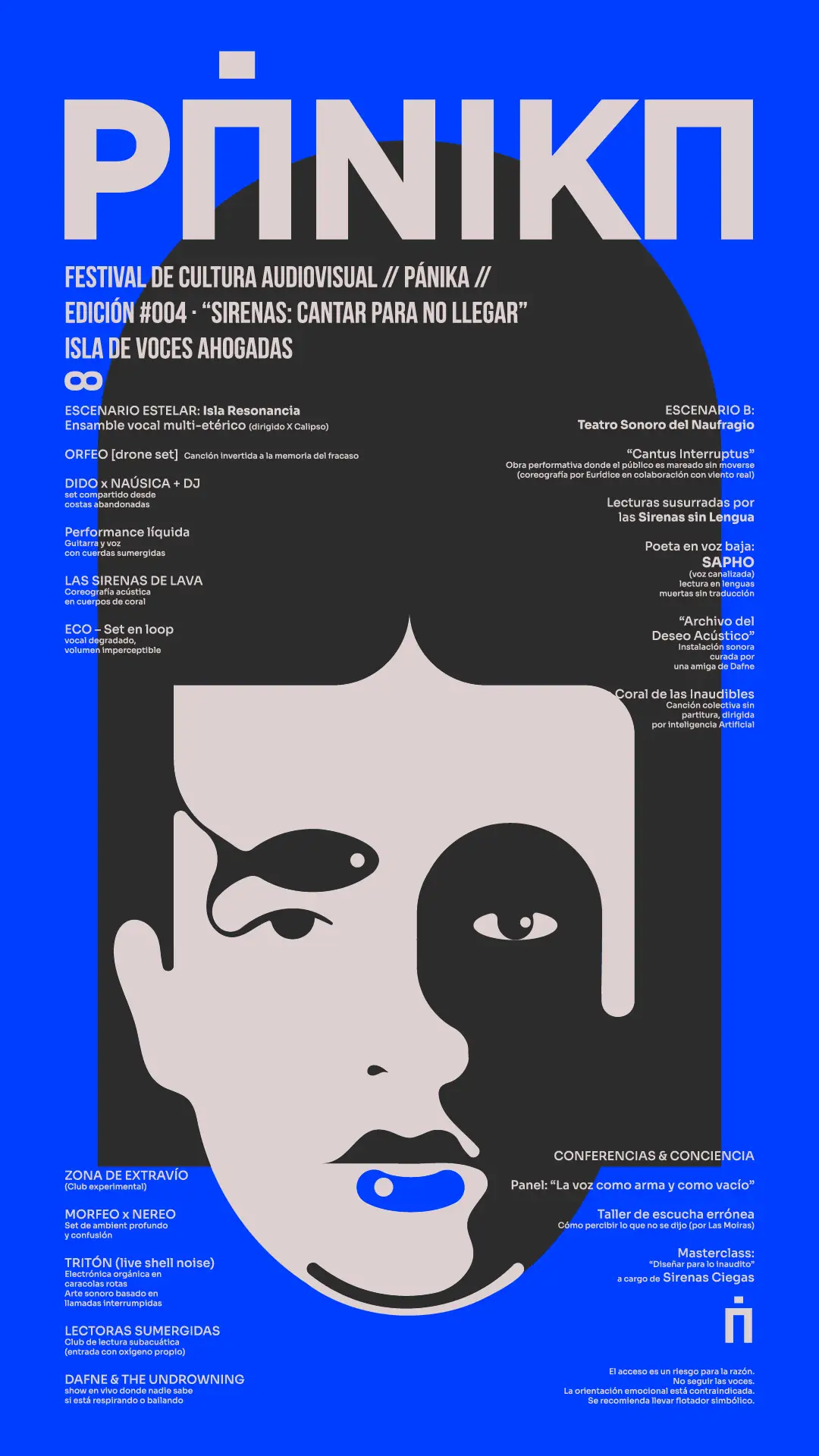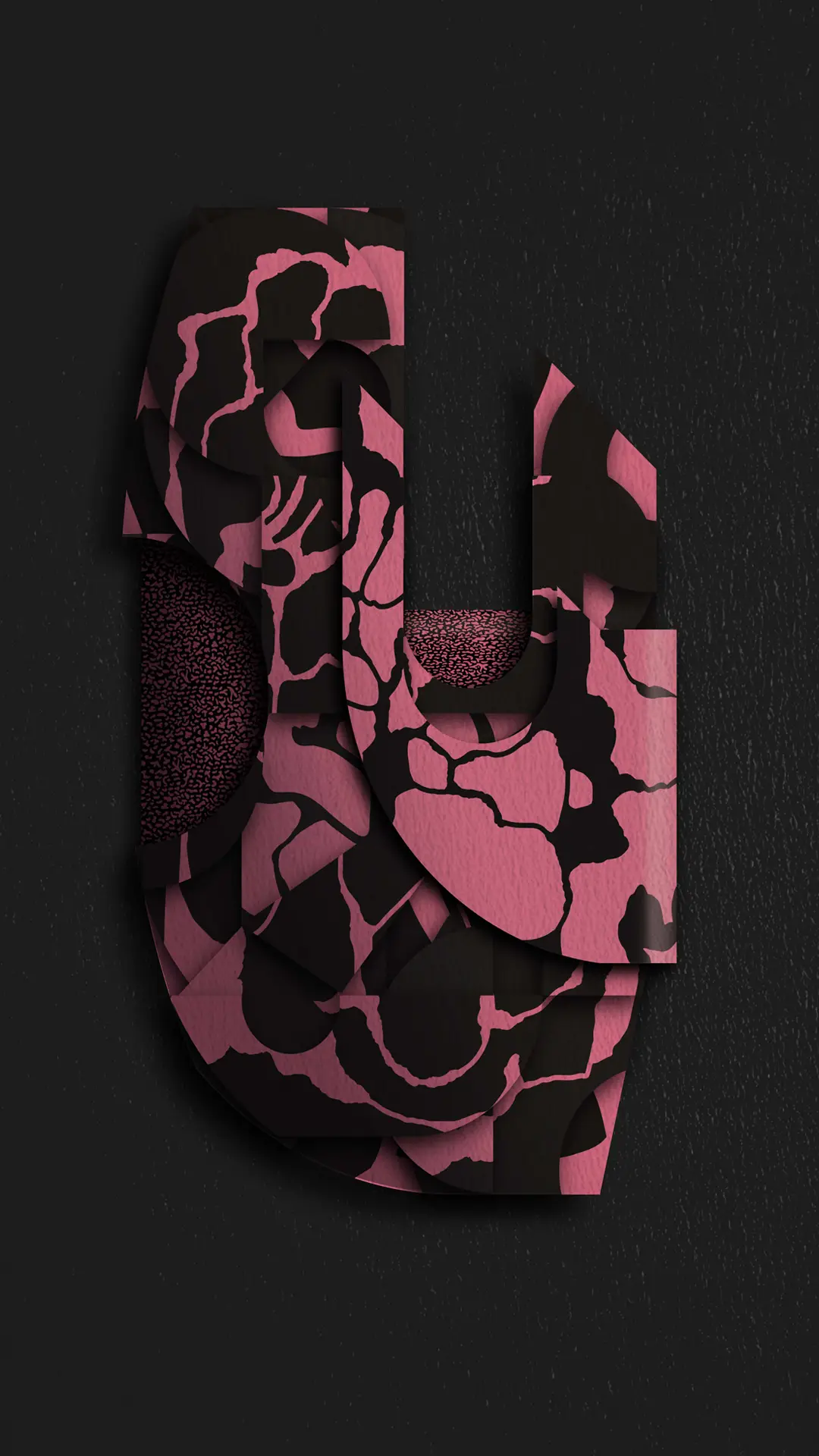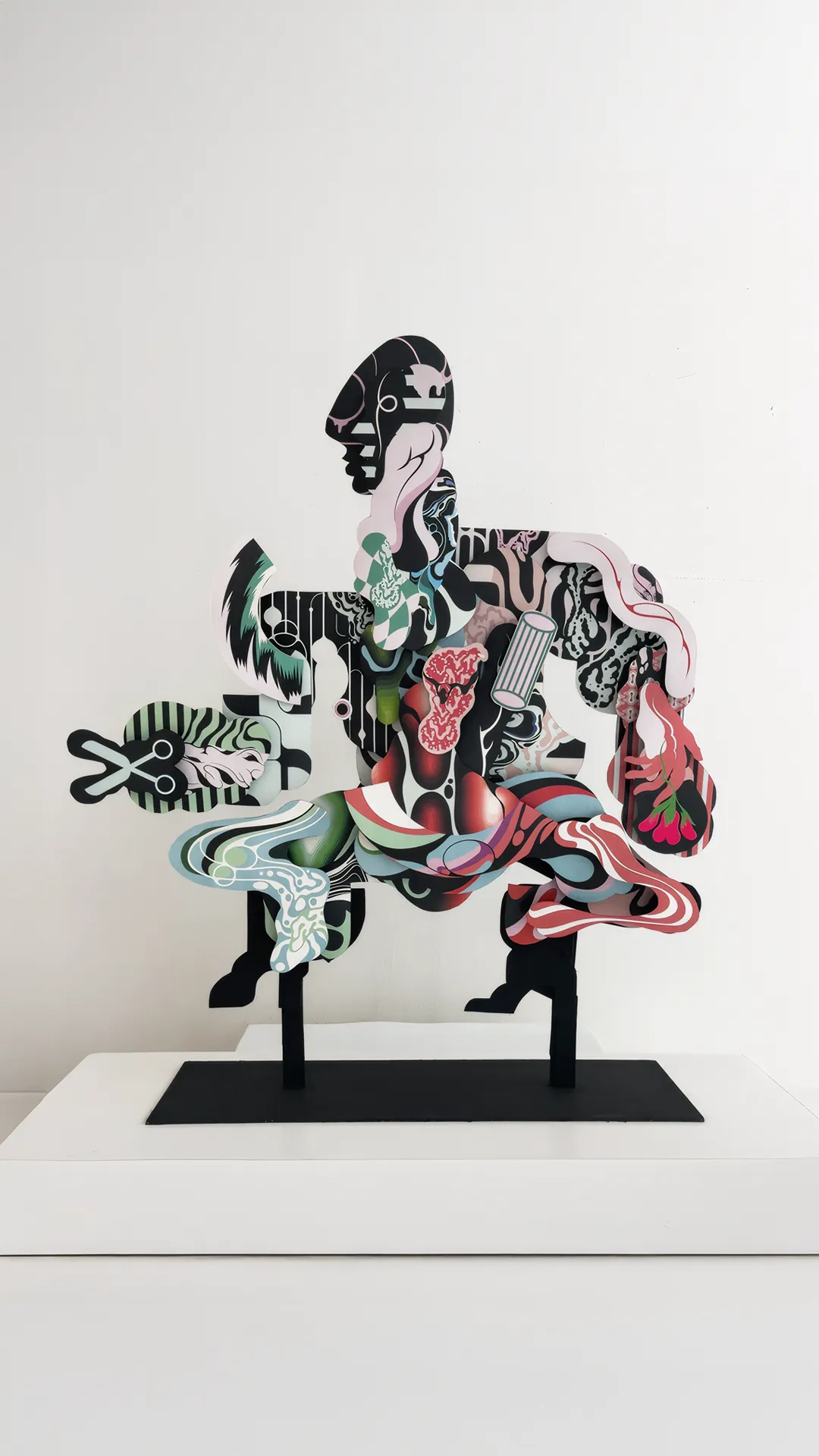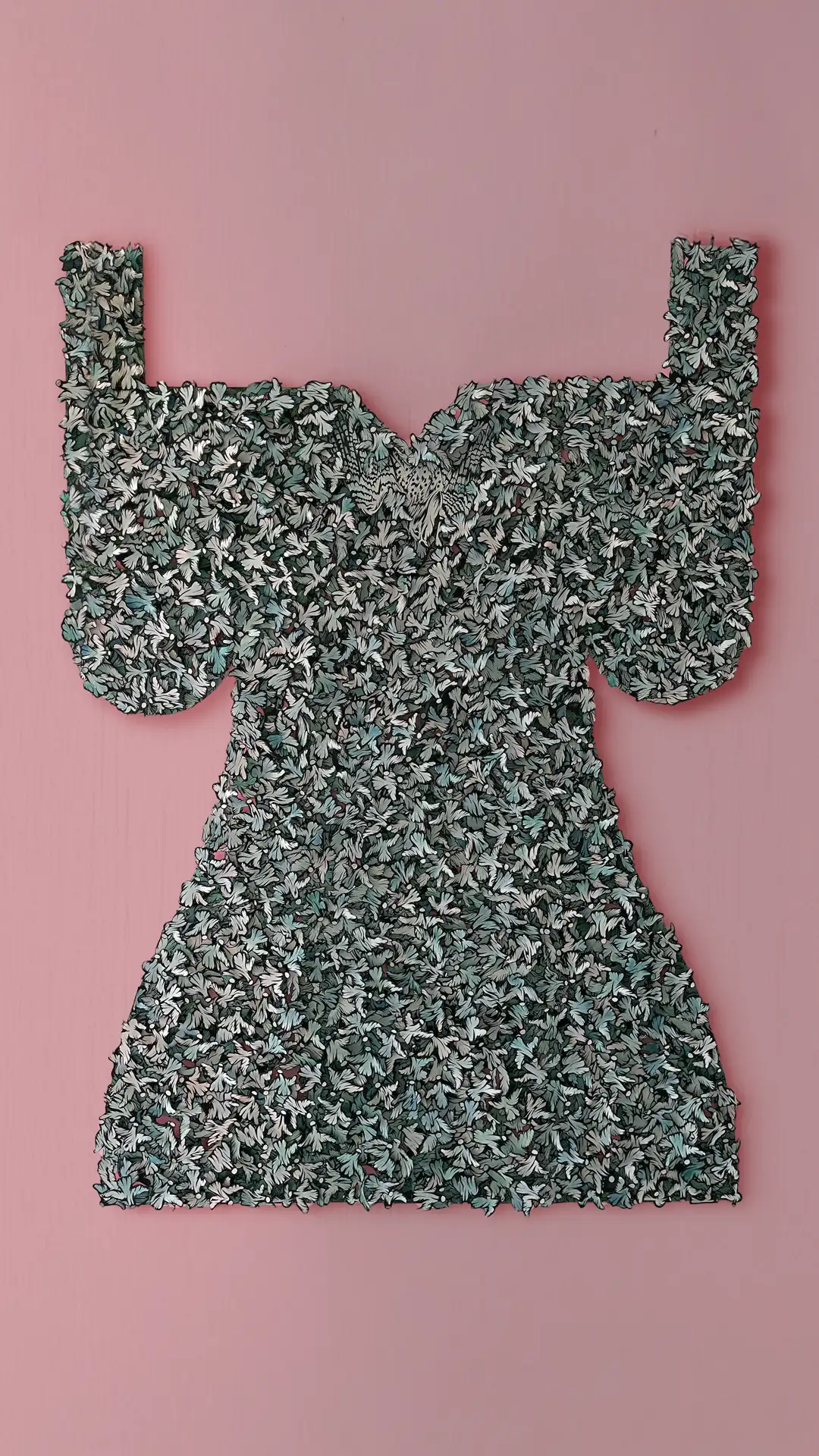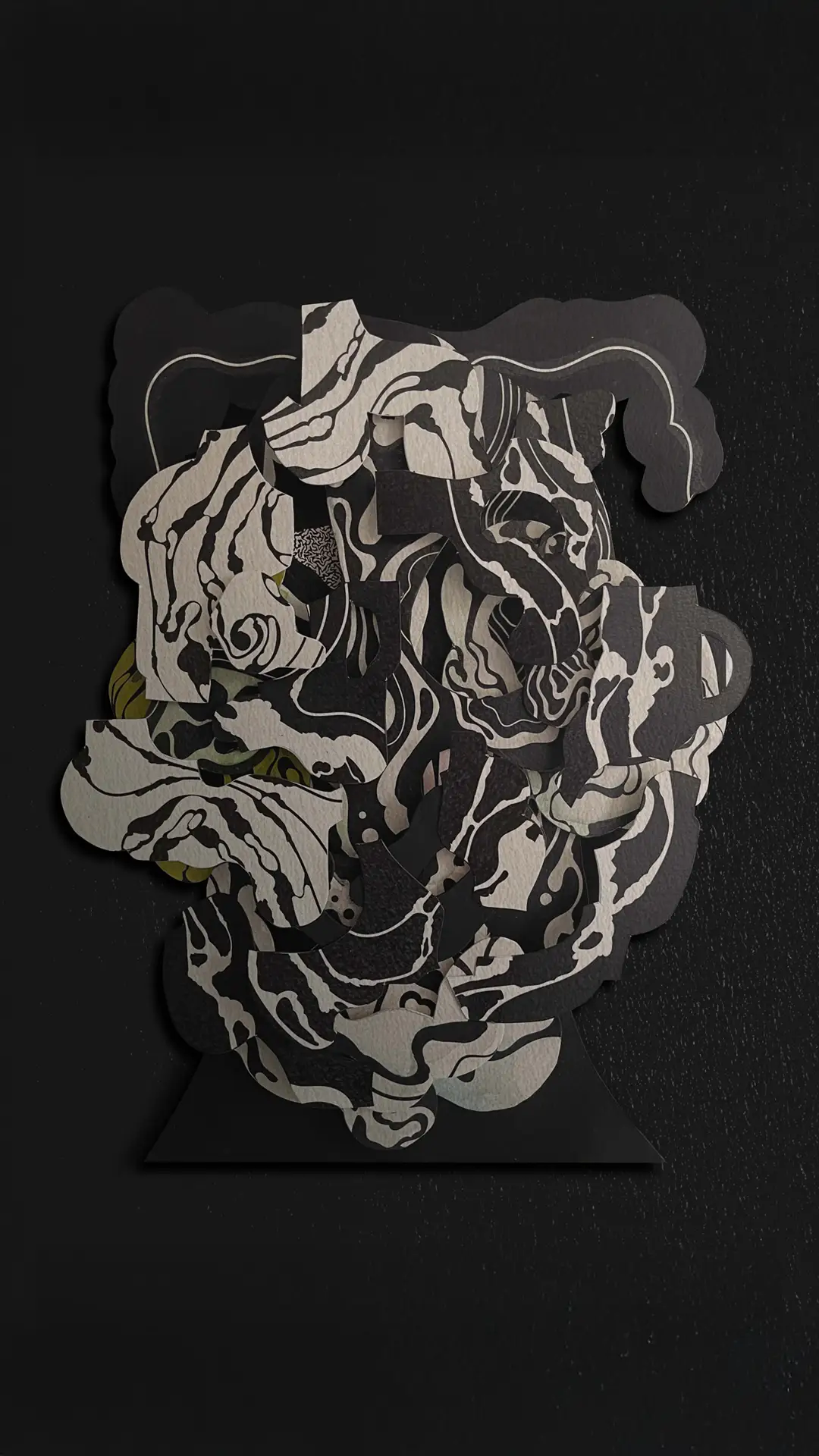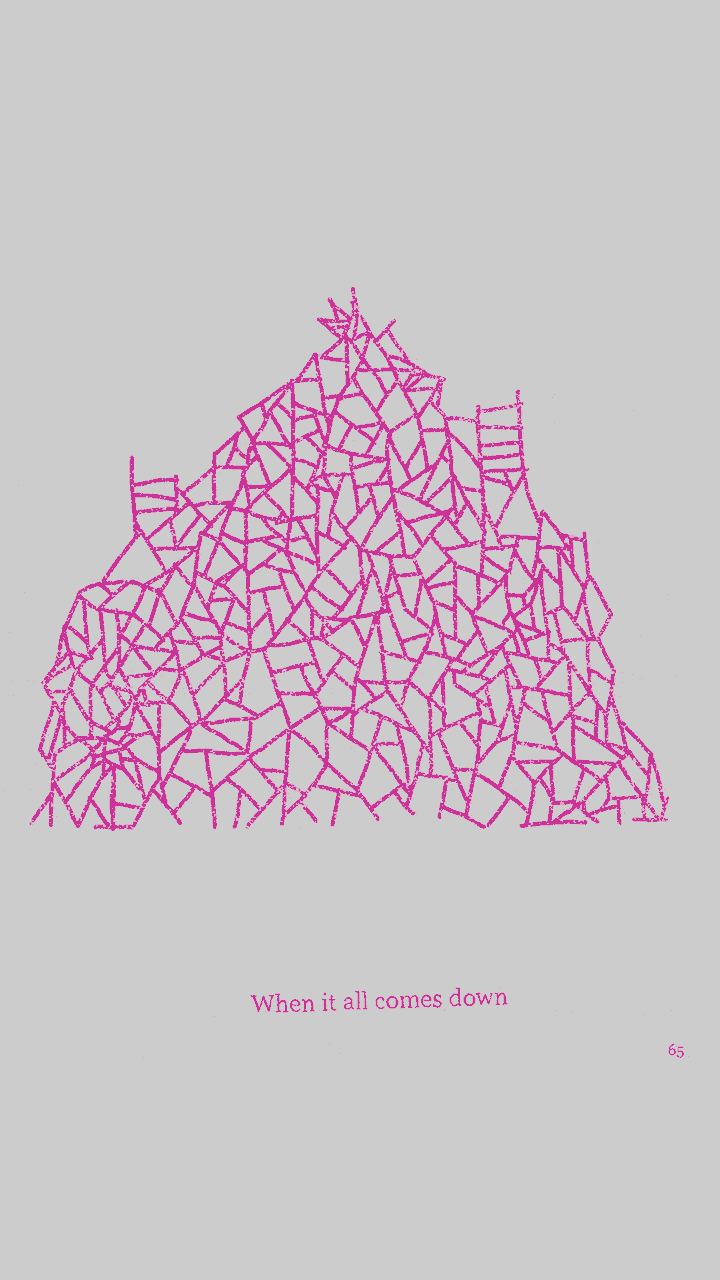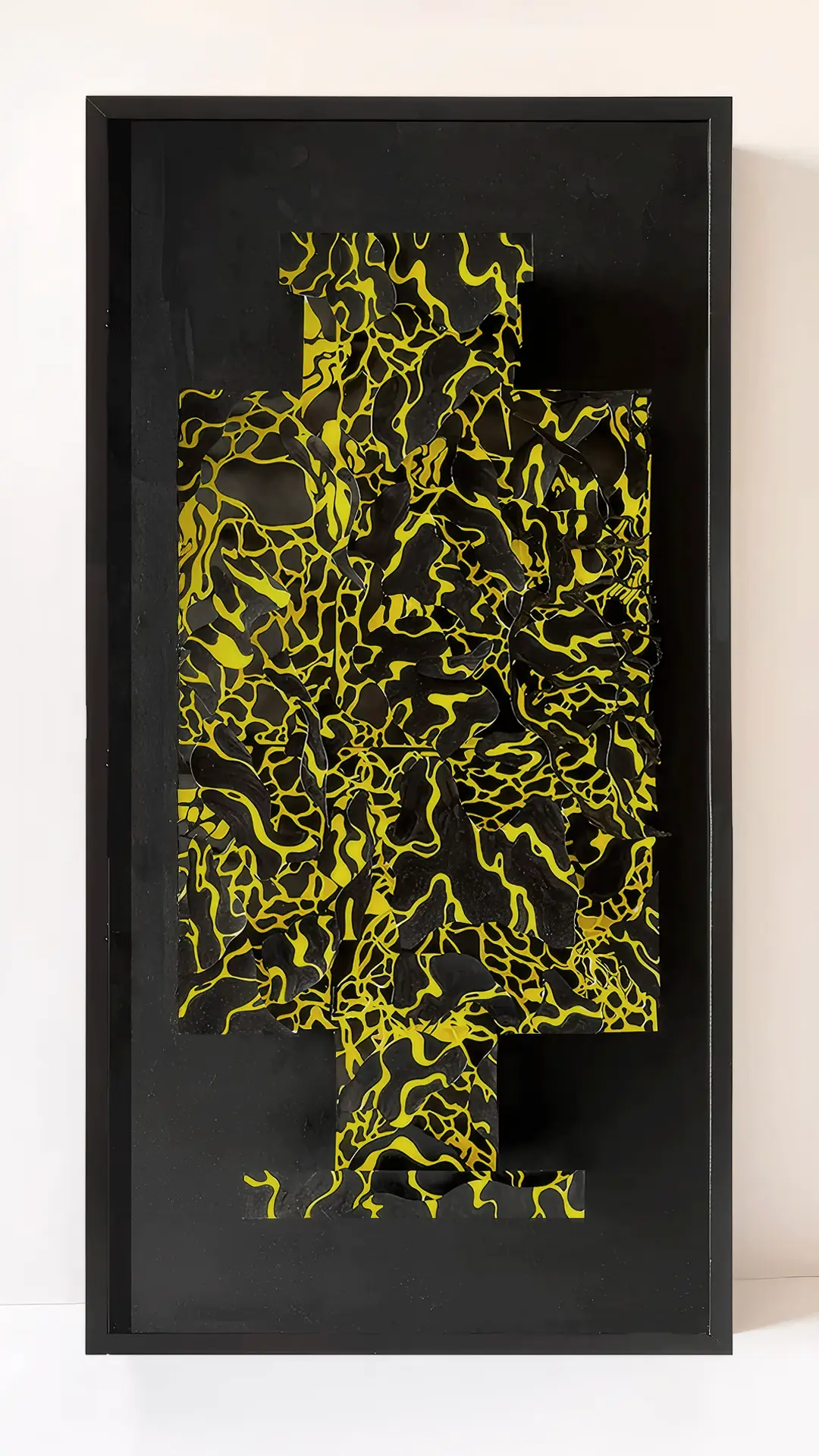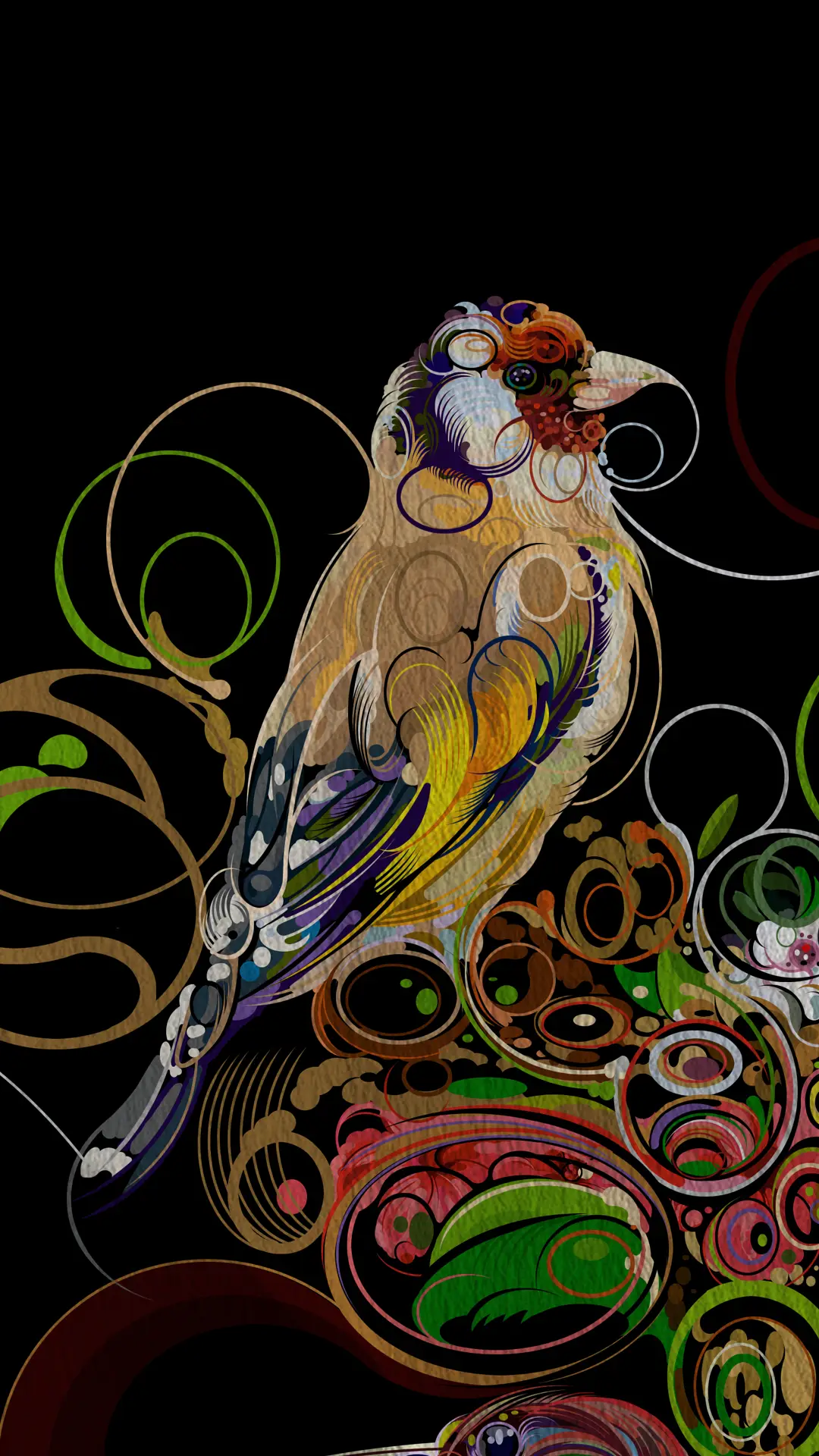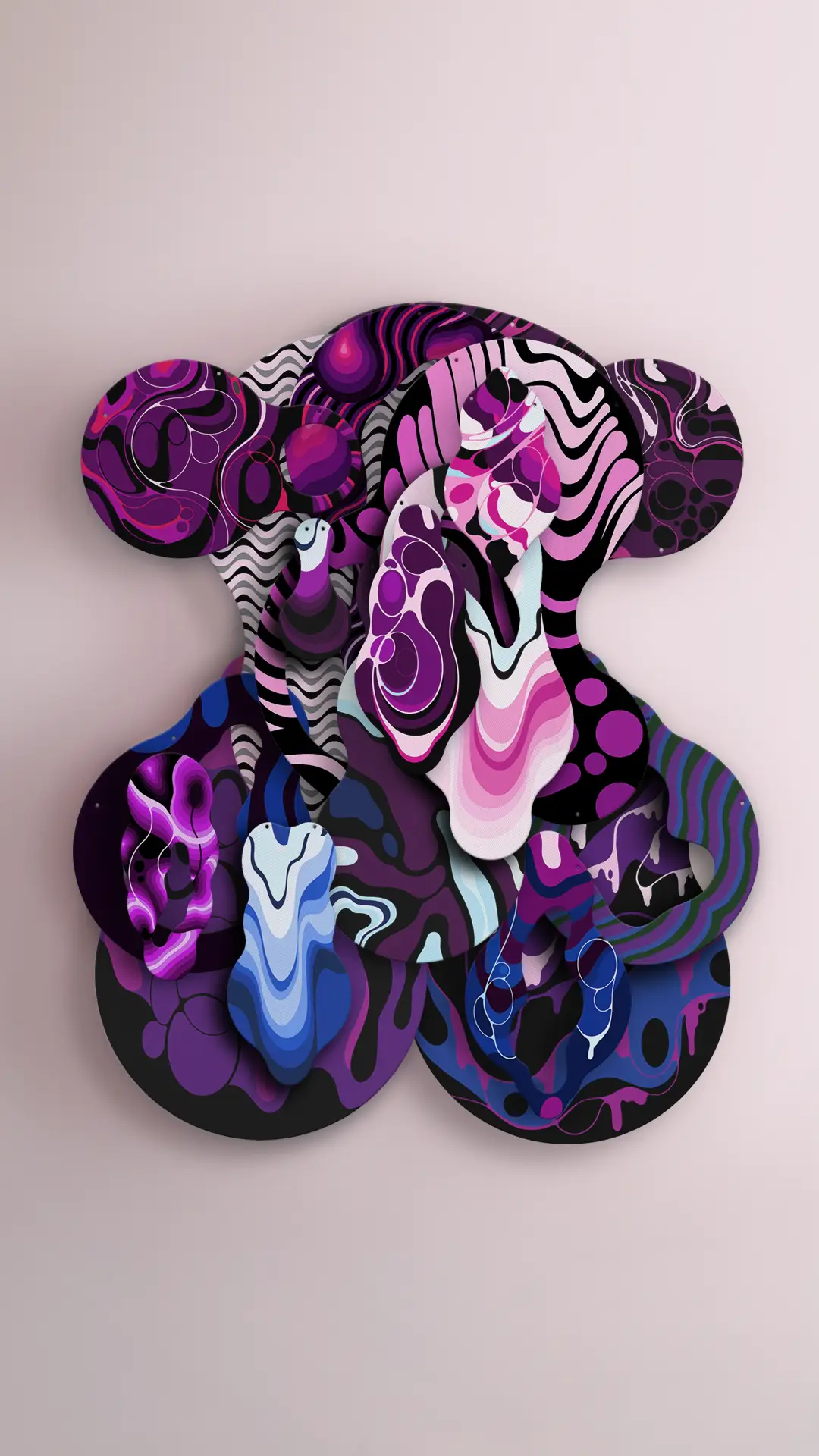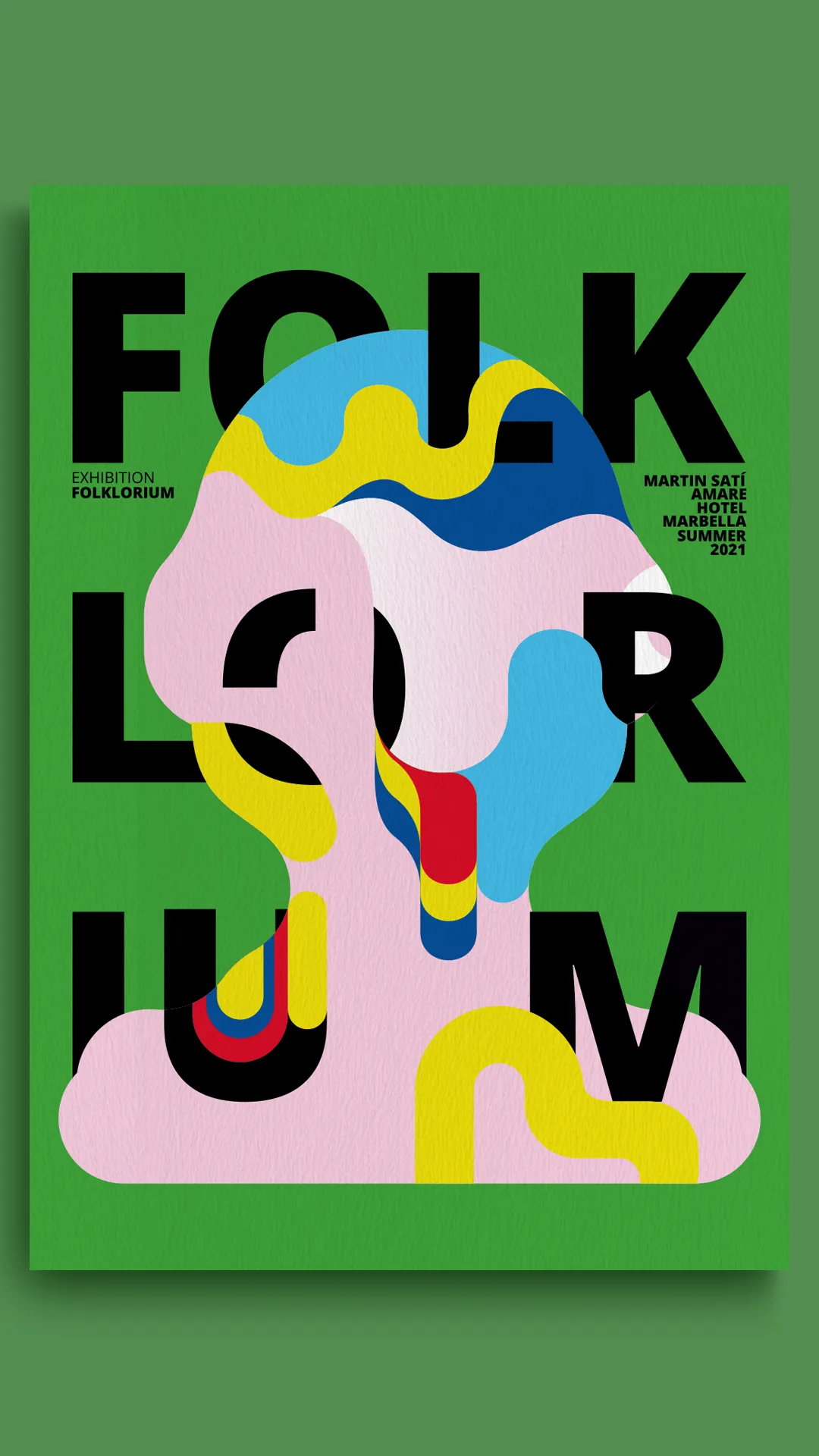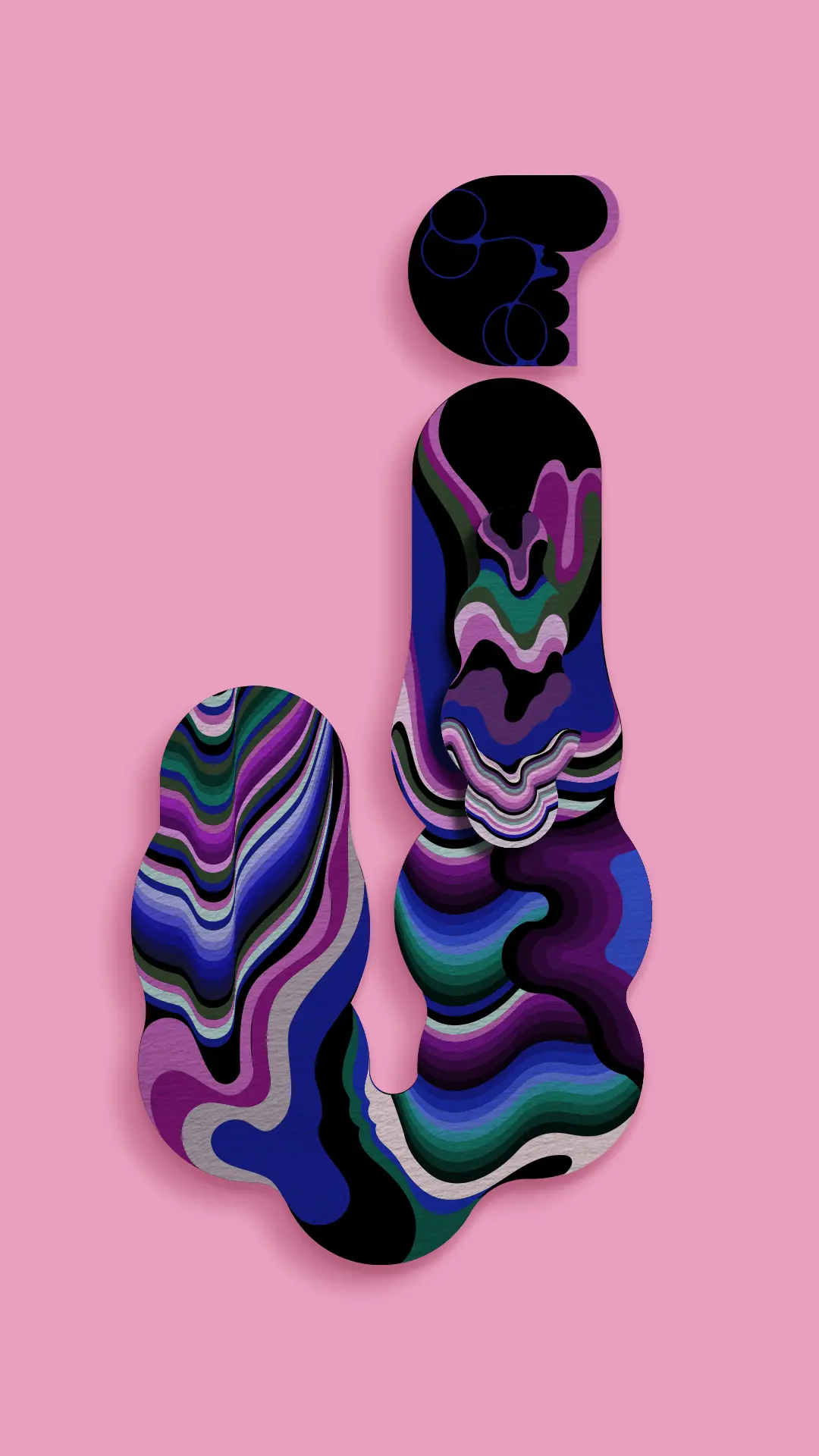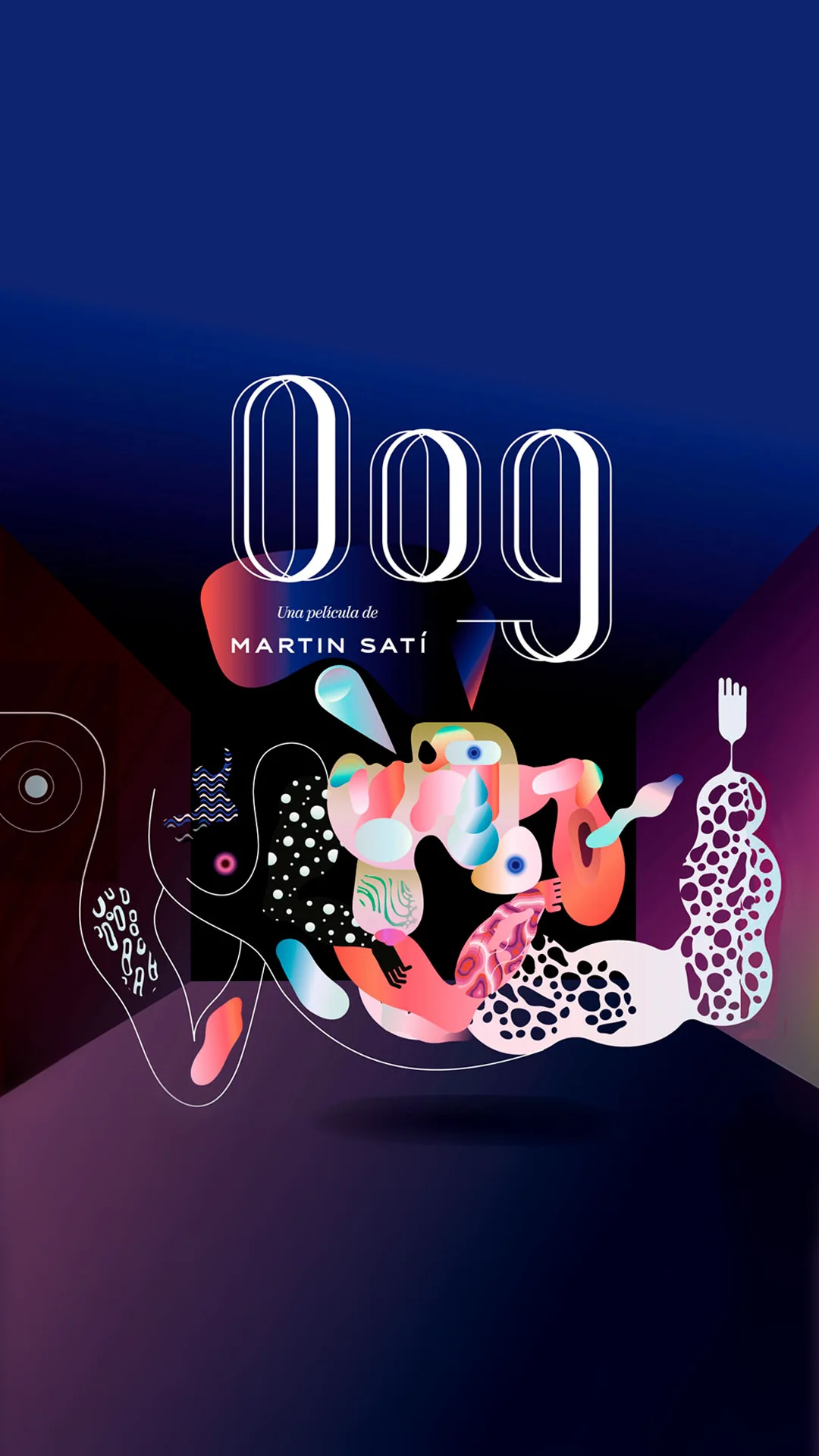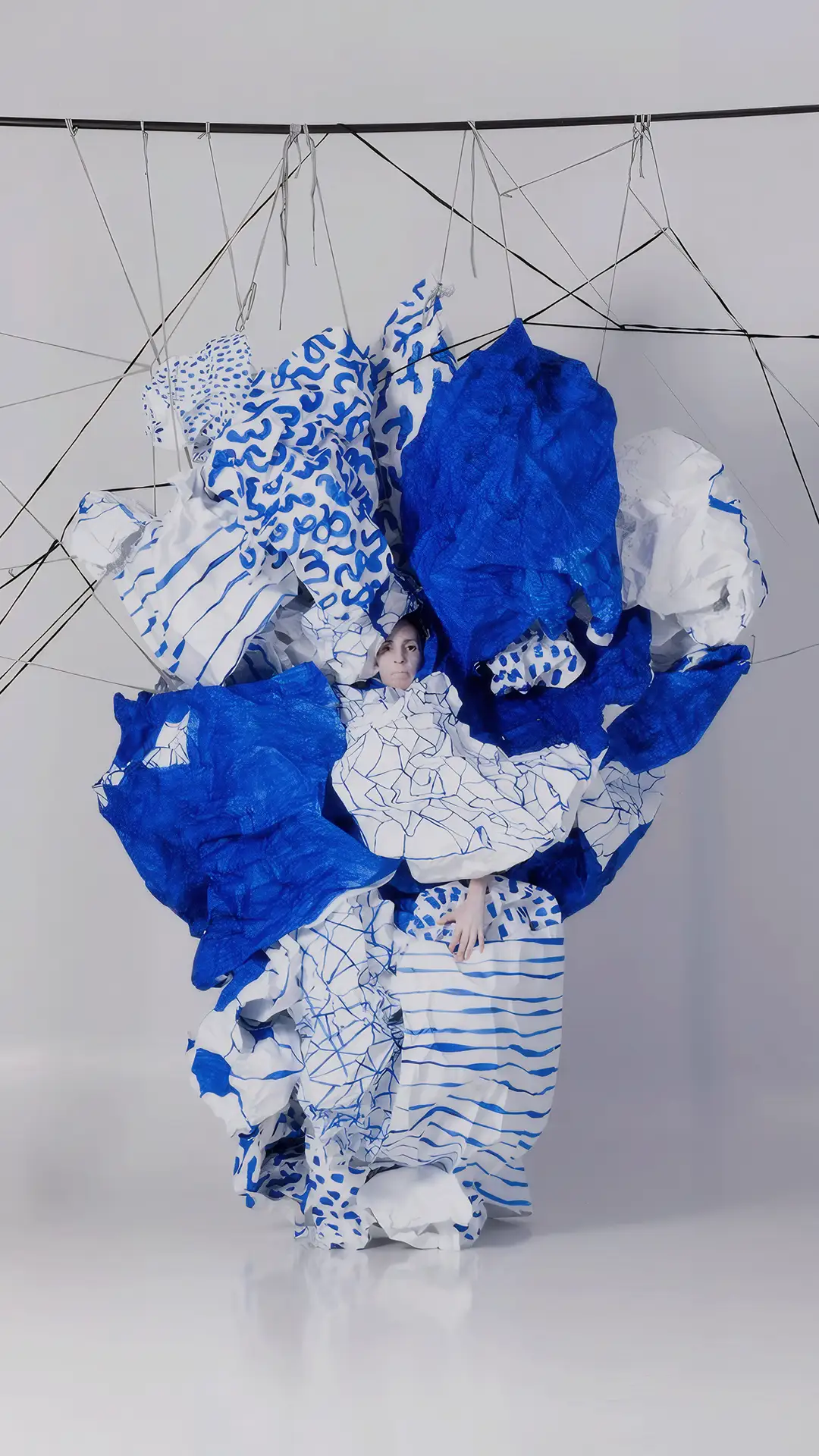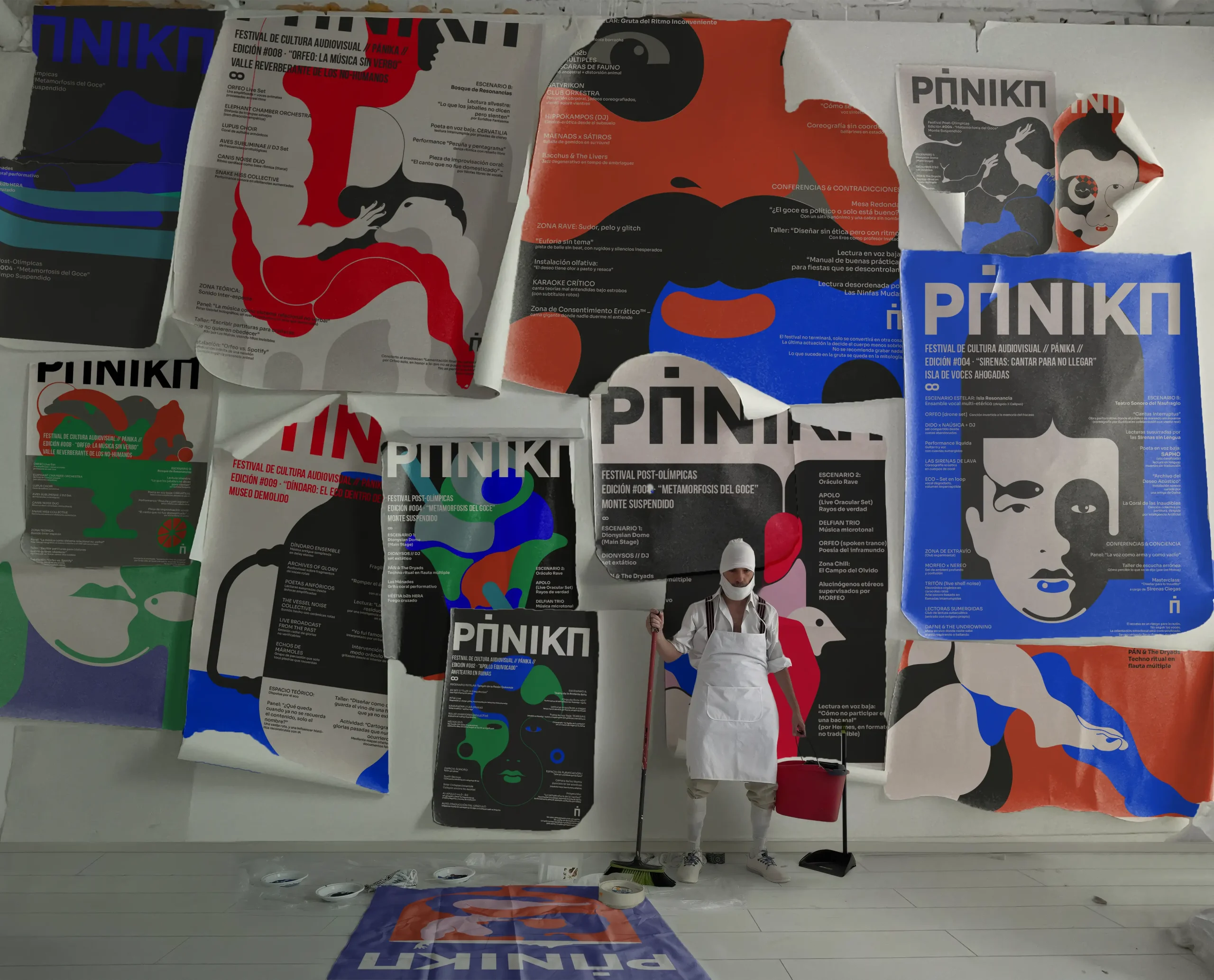
PÁNIKA is an imaginary, a myth. PÁNIKA, Festival of Audiovisual Culture, is pure speculation that thinks through the concept of the poster.
The poster, today?
The poster as a genre—once the street’s aesthetic memory—is reconsidered as a piece that announces nothing; it remembers.
It was born on the street. It summoned, sold, agitated. It served shops, parties, and wars. It made typography and color public.
Then came urban regulation, the screen, and the metric. Today you barely see them: distribution is digital, cheap, and segmented. Audiences are sorted by who looks and how long they look.
Imagining from myth
Every time a festival ends, only a few posters remain stuck to the walls.
The poster is a thing of the past; it remembers. It invites us to imagine what was never lived.
Images manufacture memory. Myths return as patterns of conduct and desire. They repeat, change masks, and come back. That return feeds a strange nostalgia: the nostalgia for an imagined event.
Warburg as method
The walls are organized like a small Mnemosyne Atlas: fragments that, when assembled, form constellations. Images that return from other times. Anachronisms that collide. There is no linear reading; there is montage. The poster stops being a promise of the future and becomes a mobile archive of a past that insists.
Speculating with posters
Use the poster as an instrument of thought. If the event is not accessible, design does not lie: it assumes the lack and works with it. The graphic program—masks, color blocks, typographic hierarchies—produces questions, not instructions. The reader composes their own version. That is the invitation.
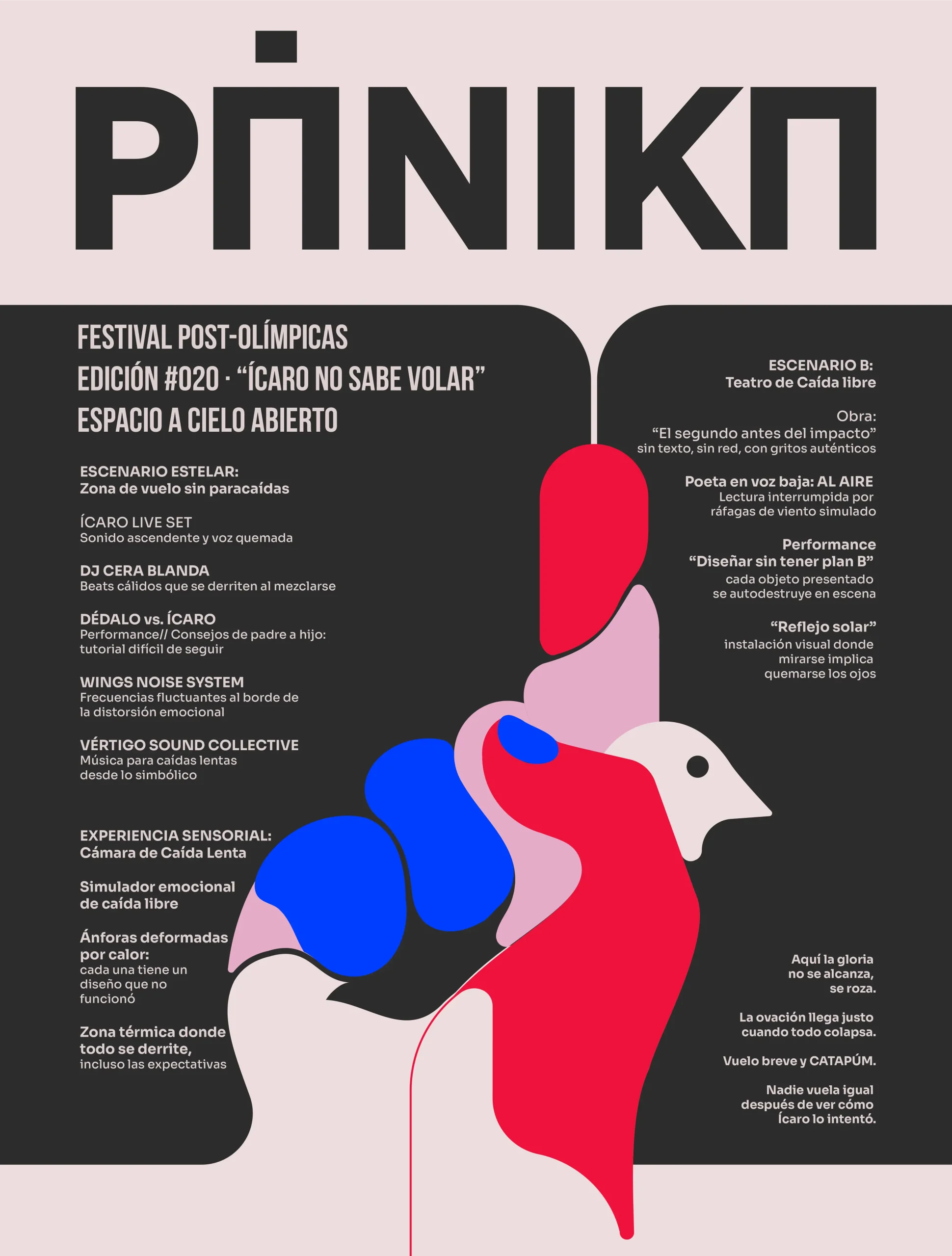
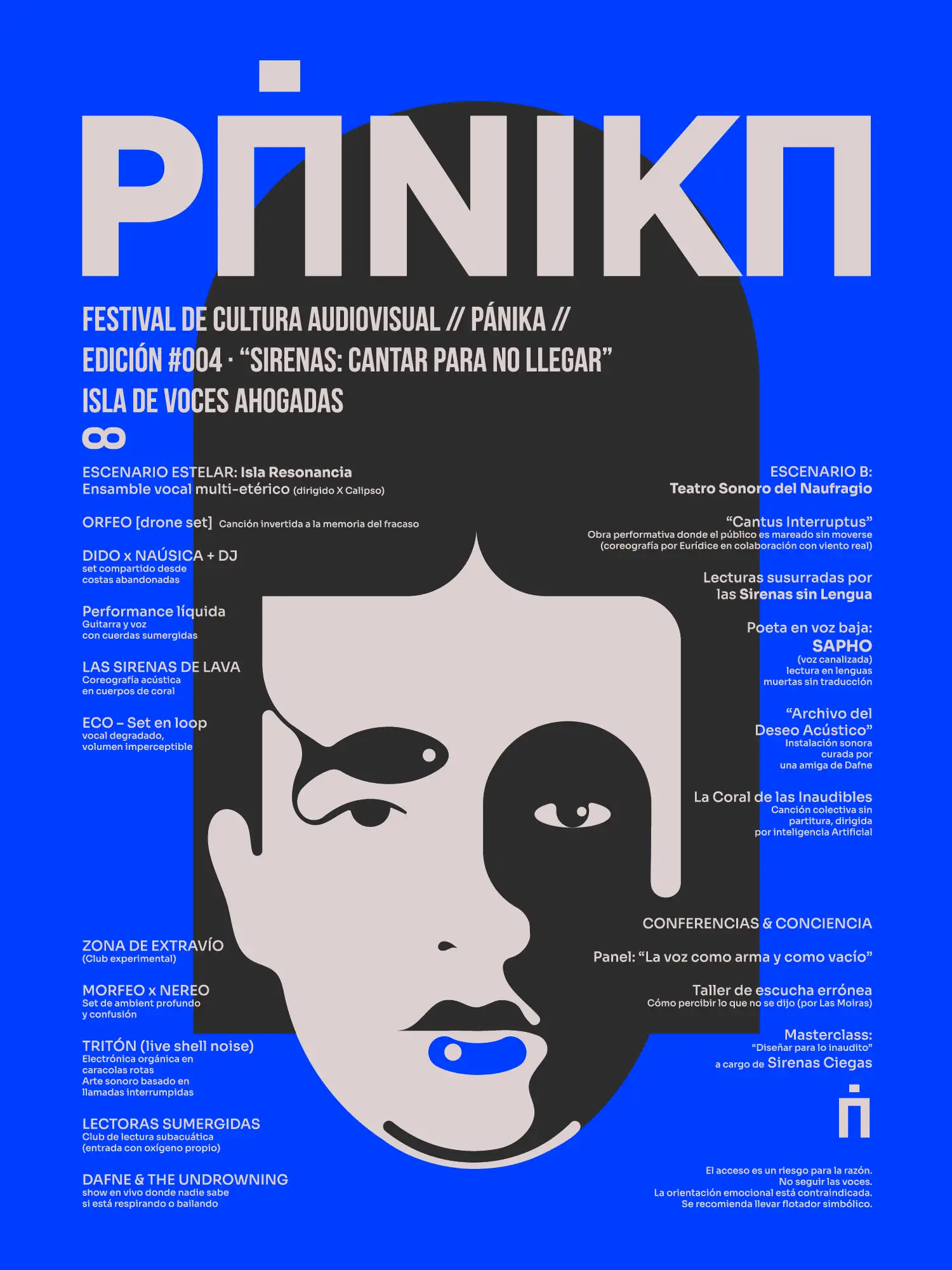
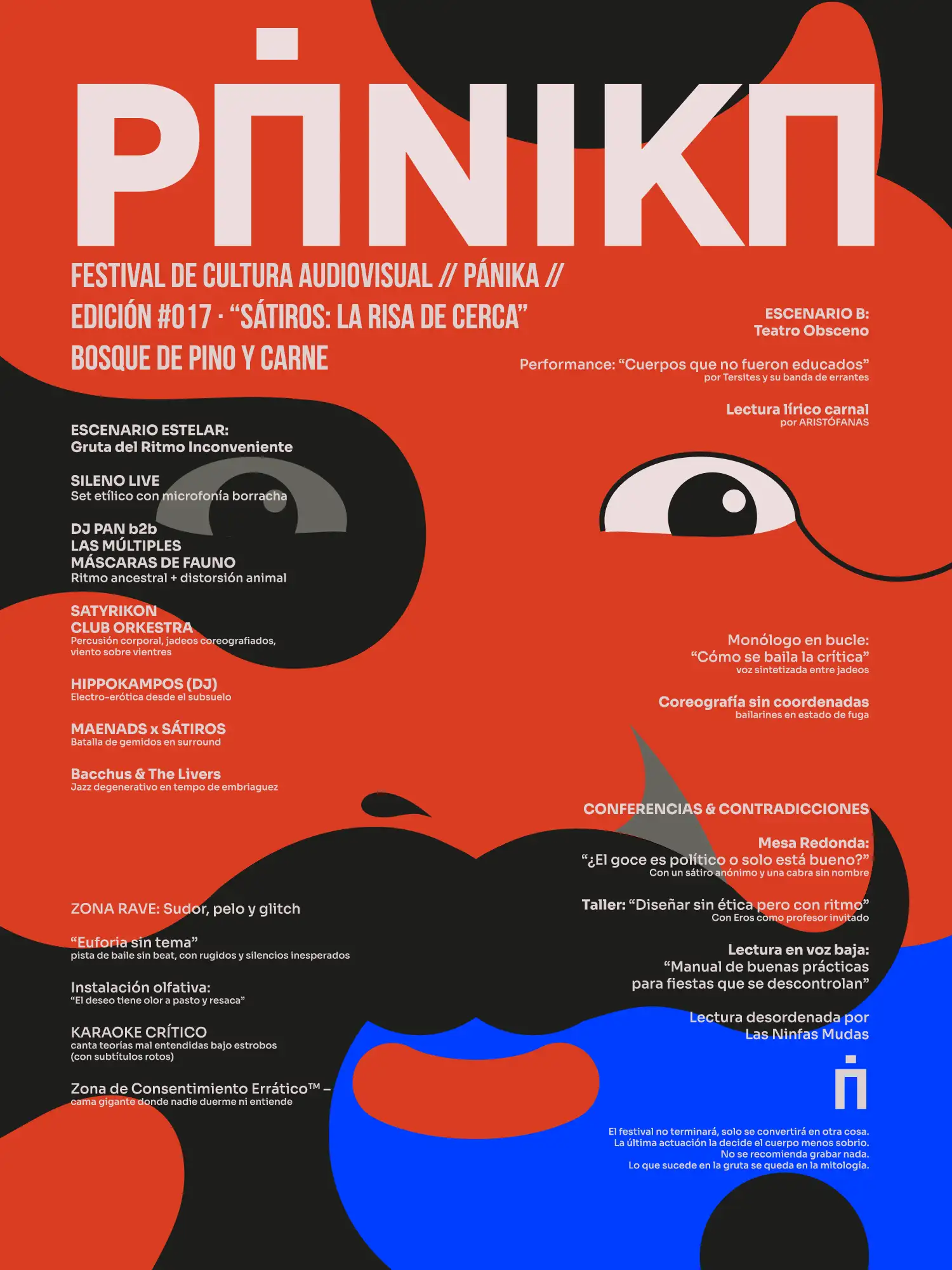
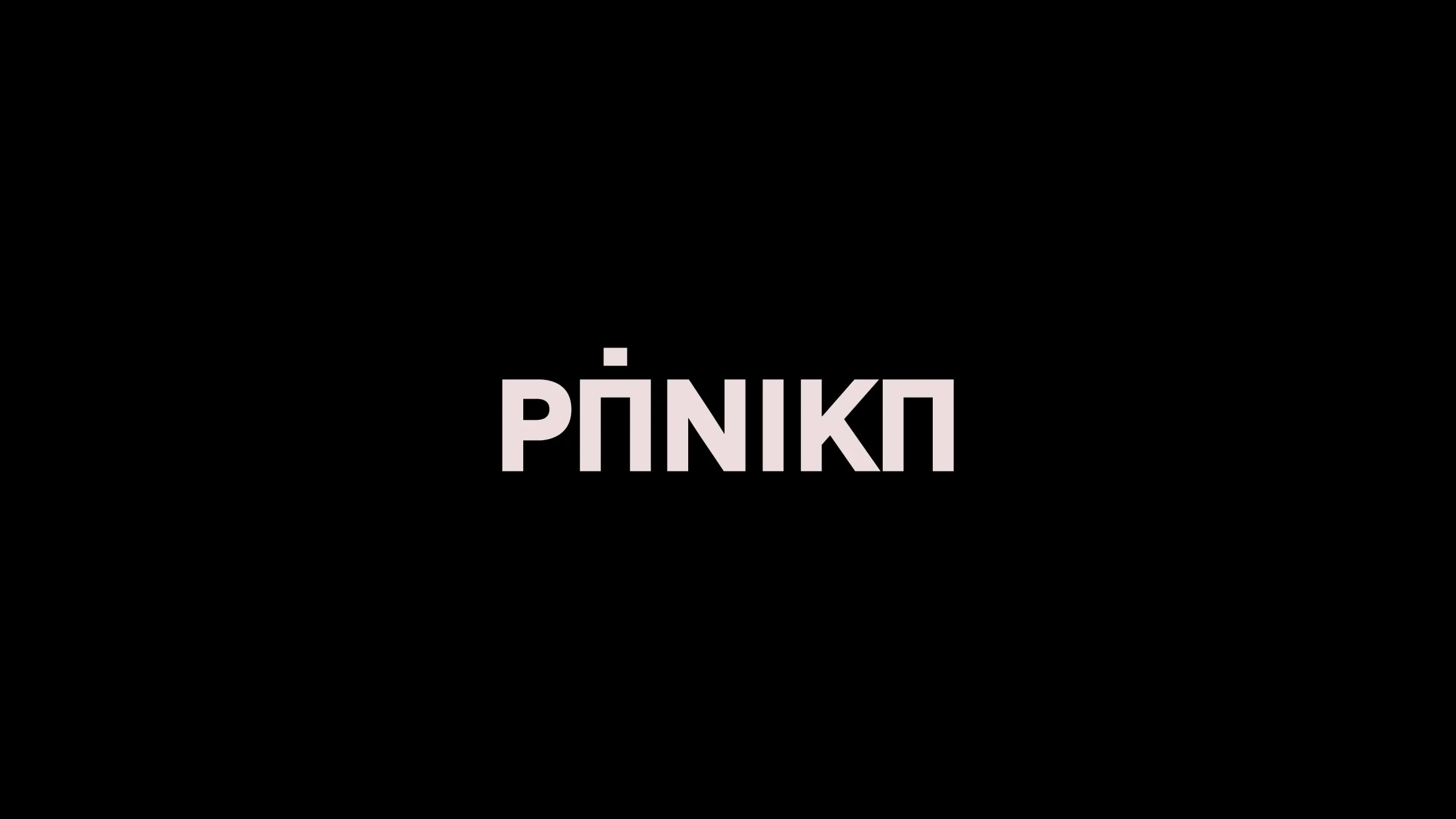
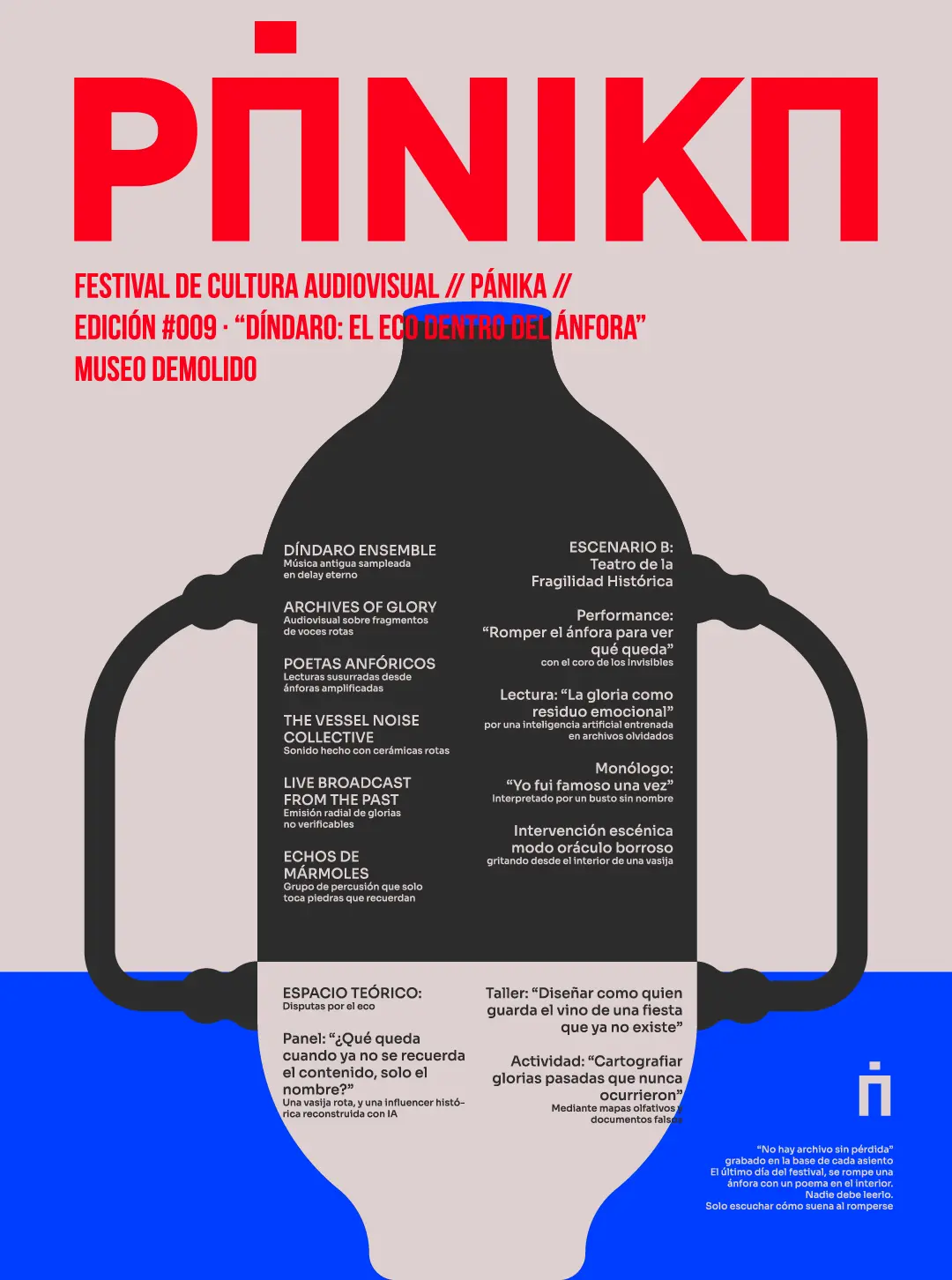
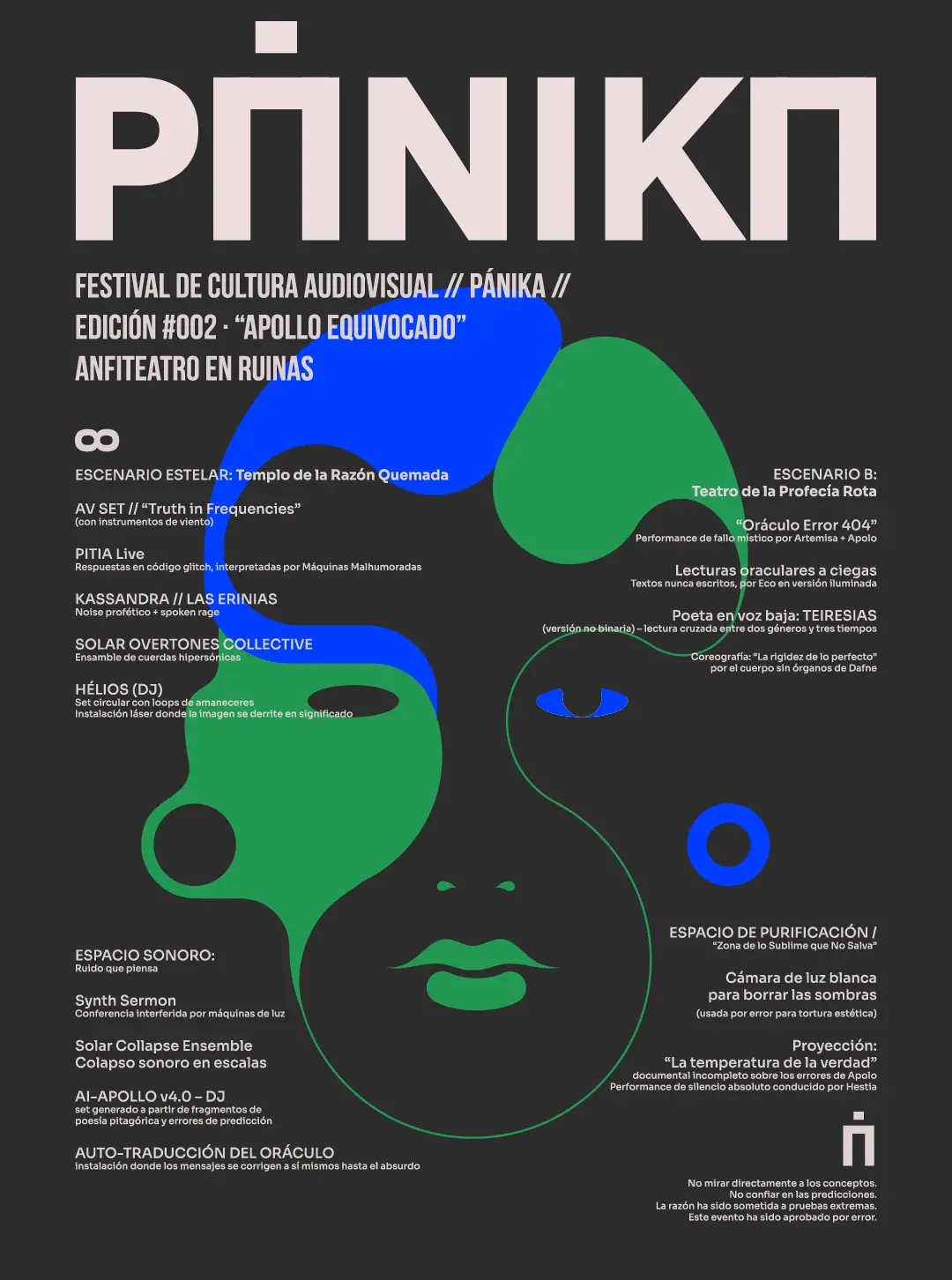
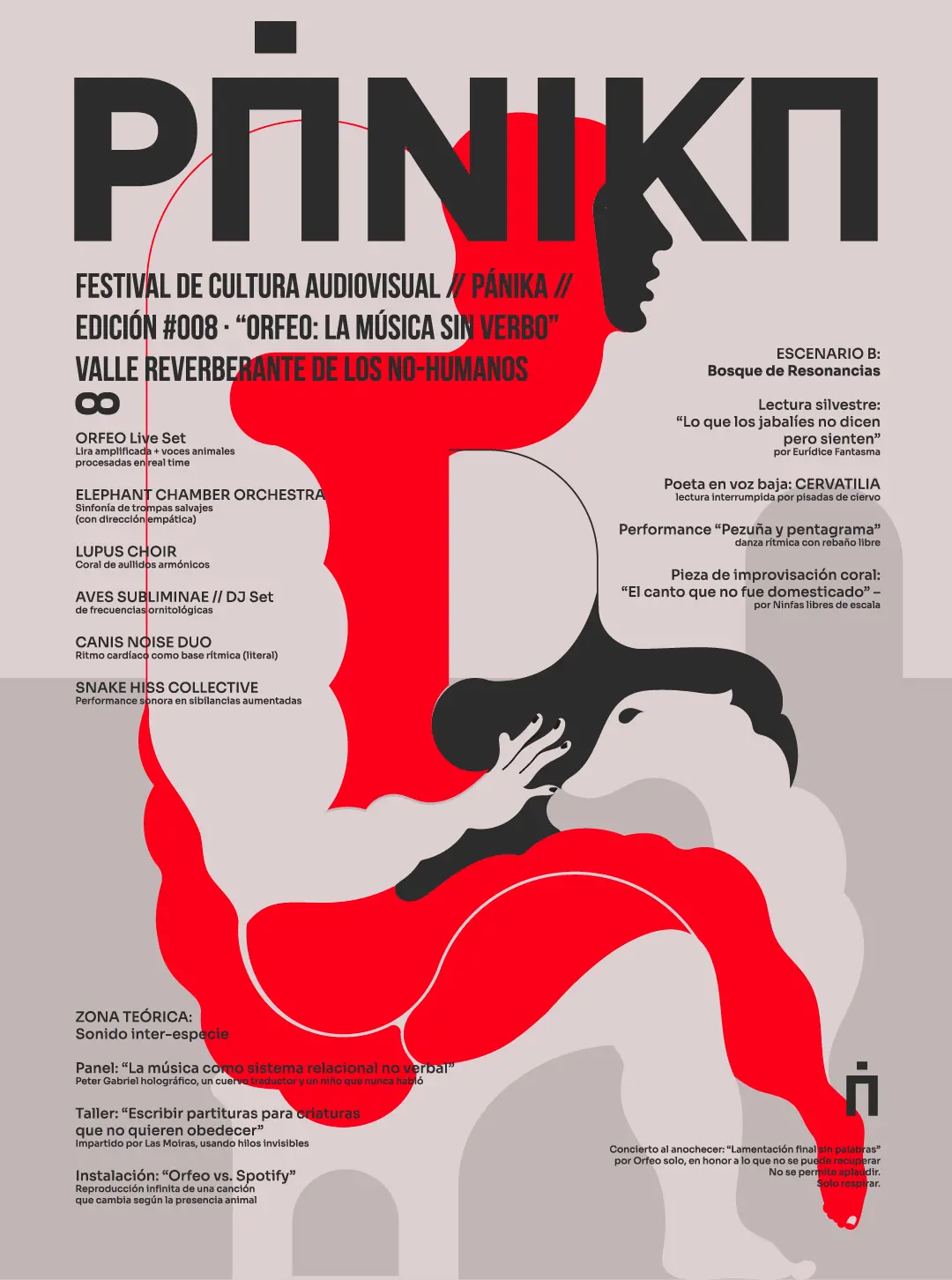
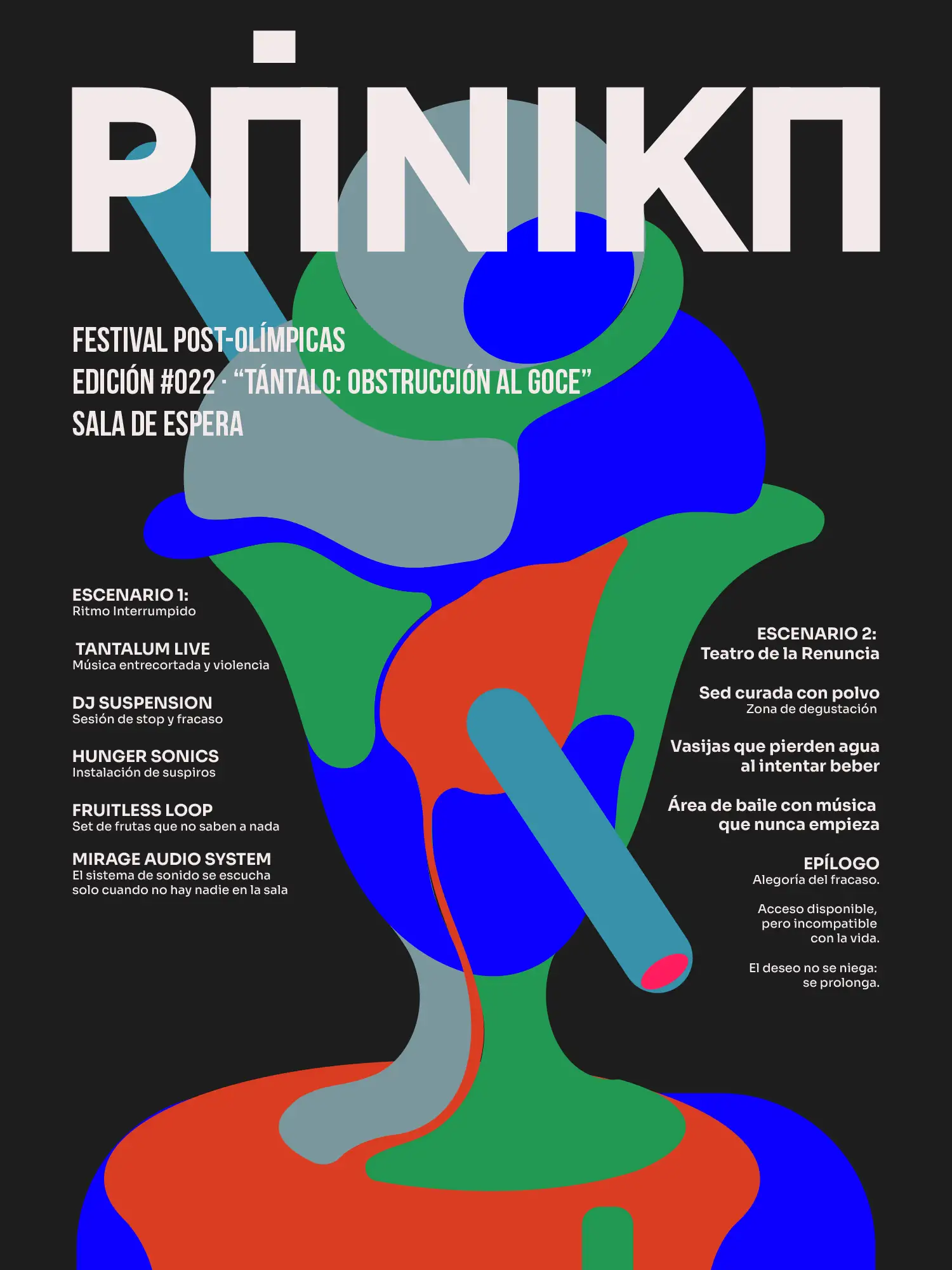
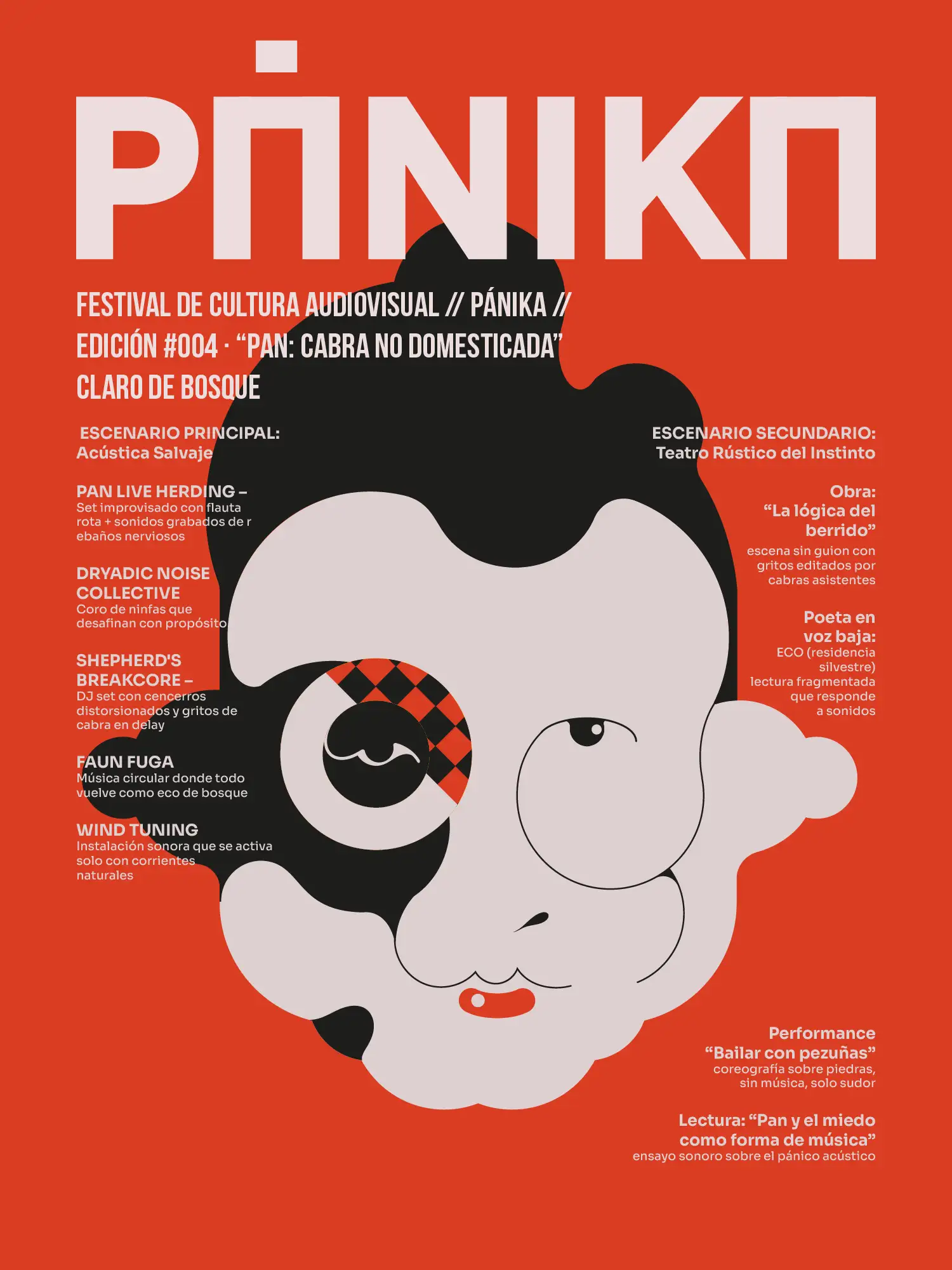
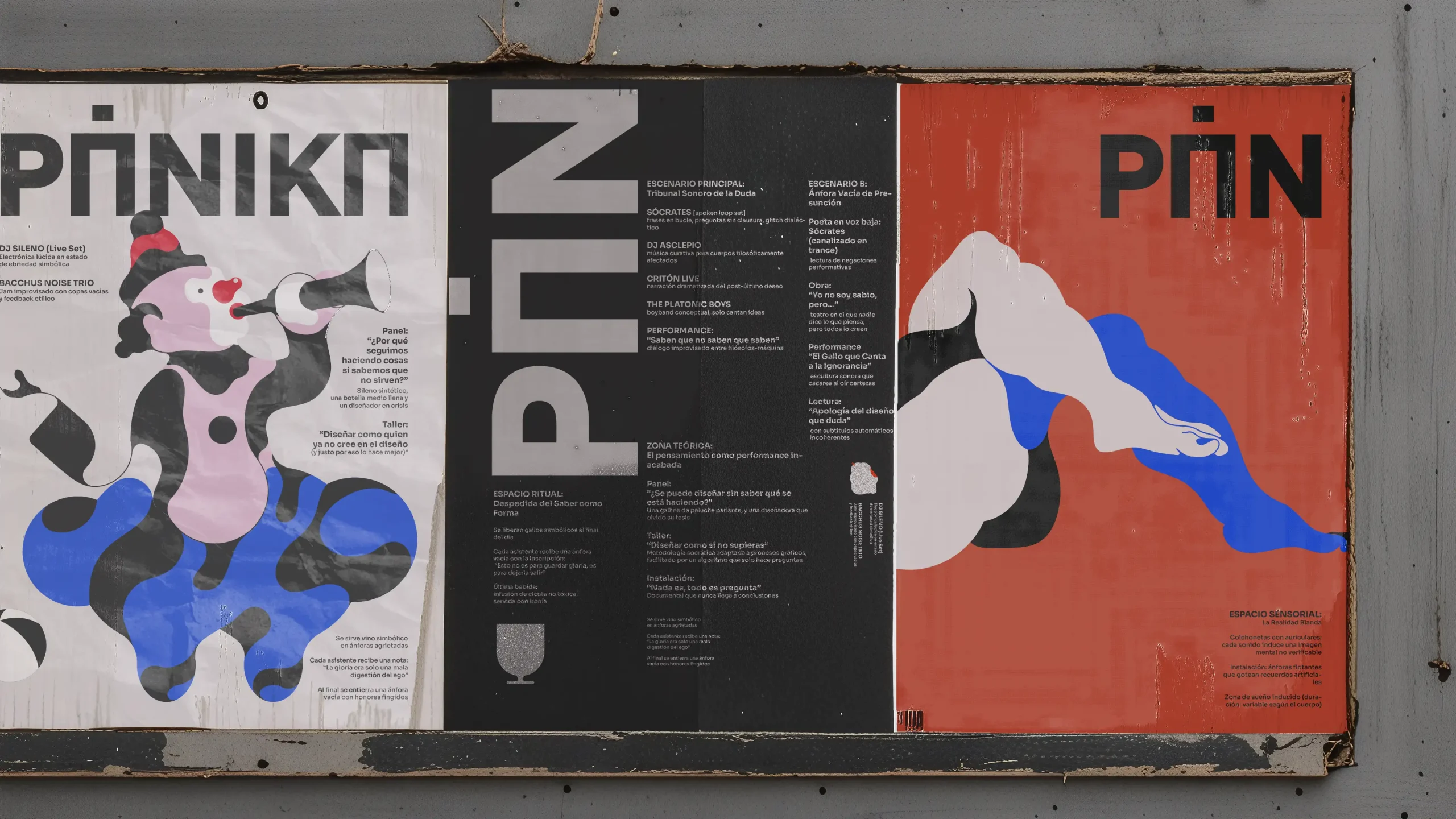
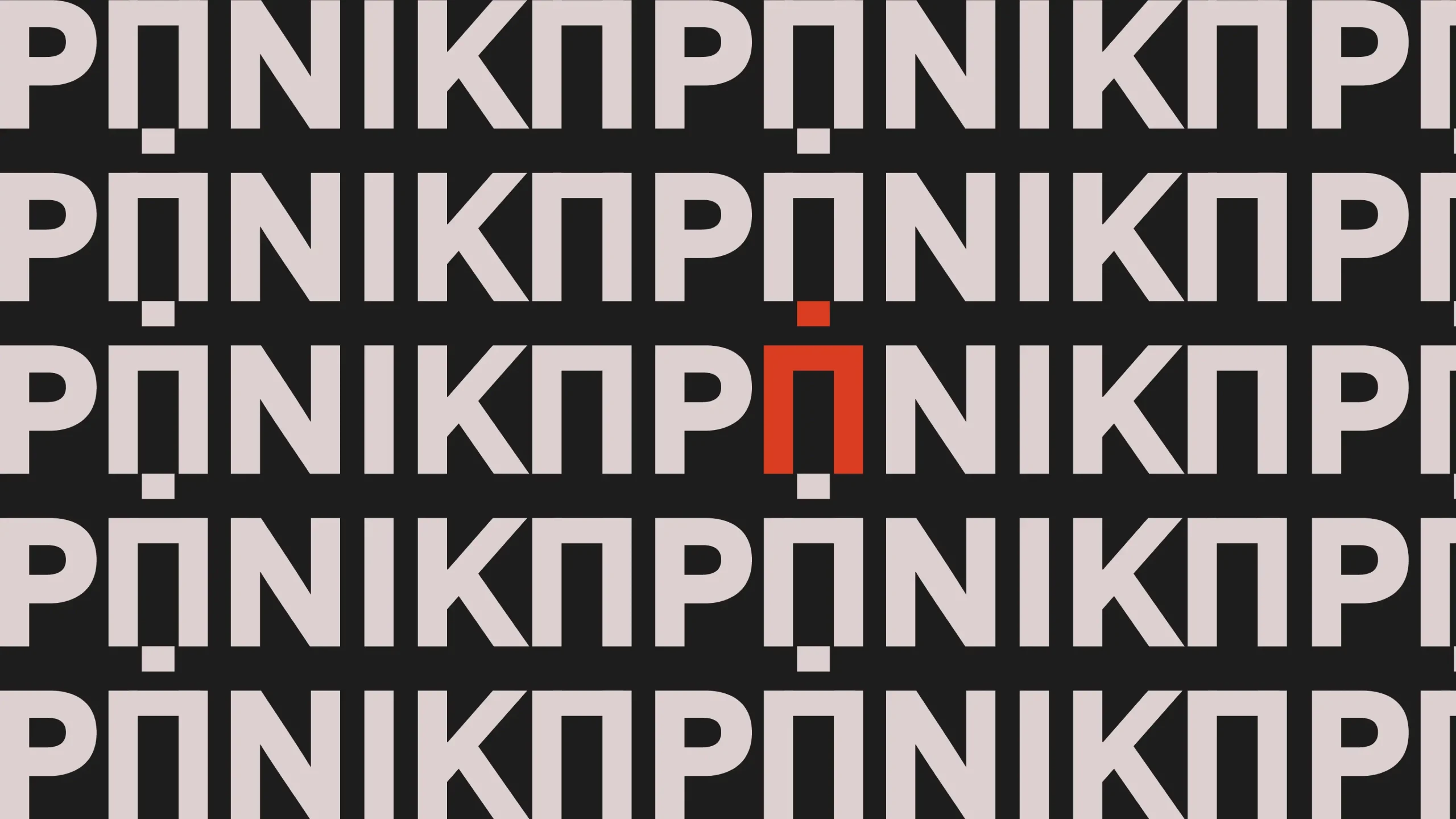
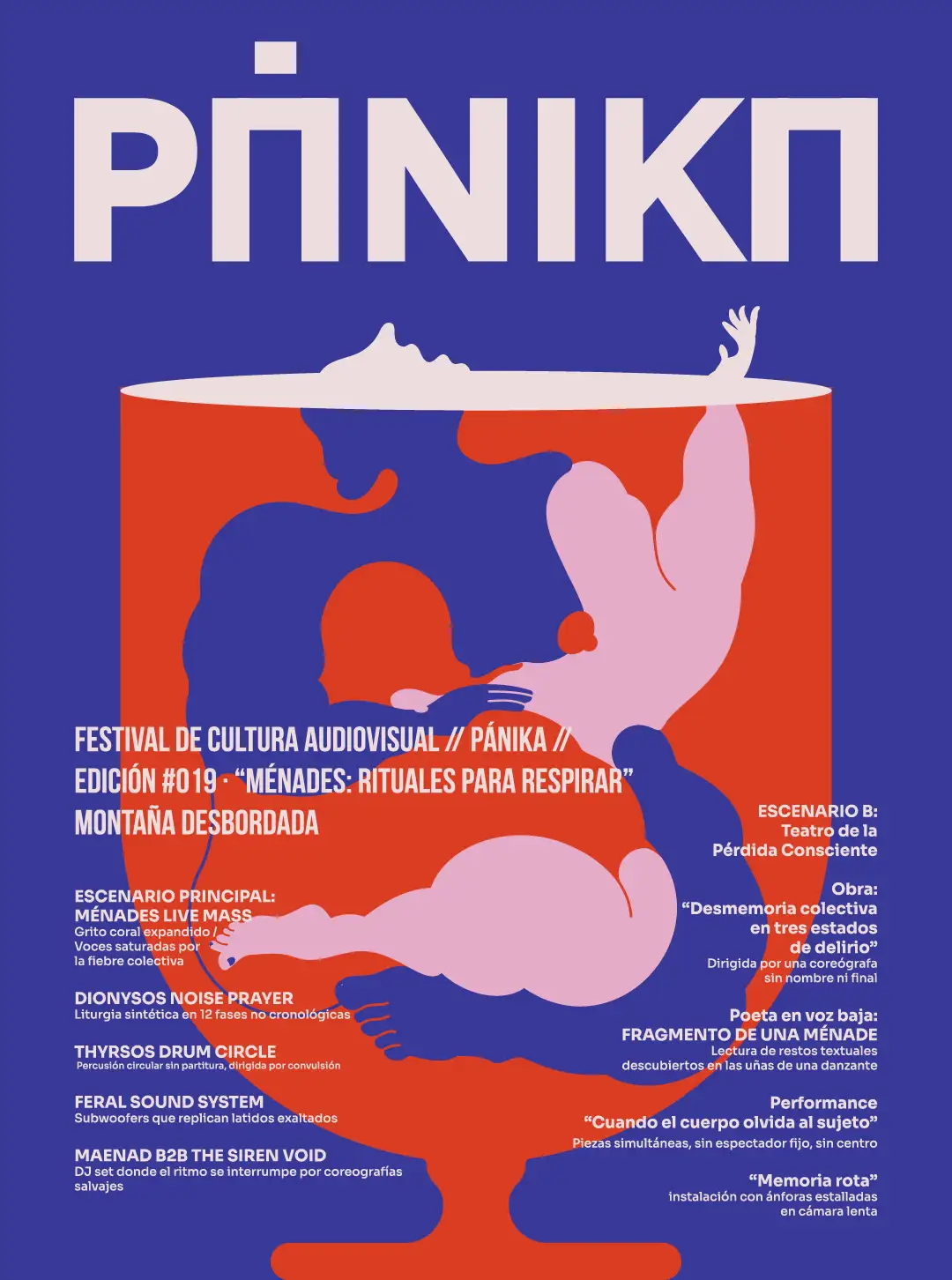
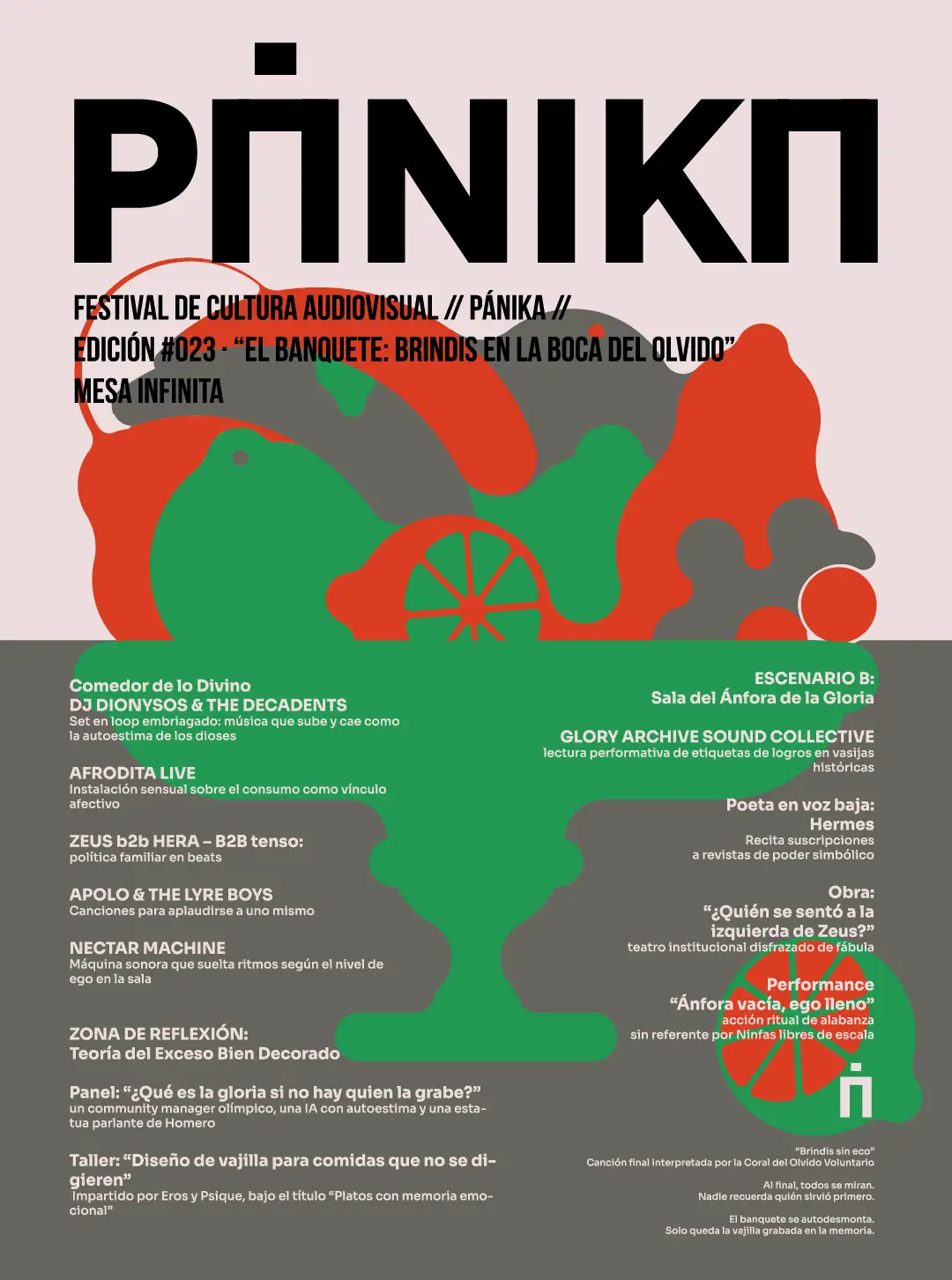
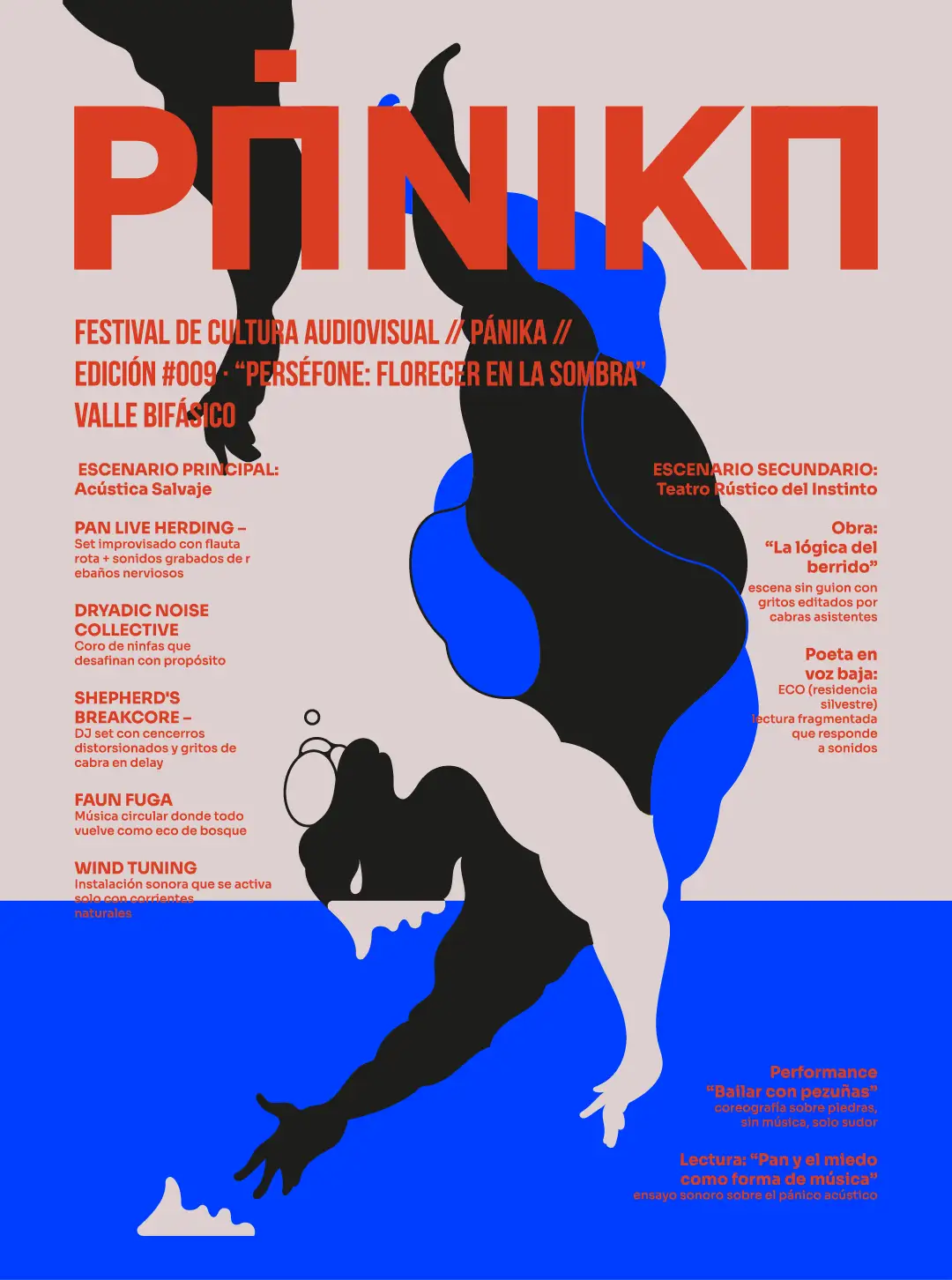
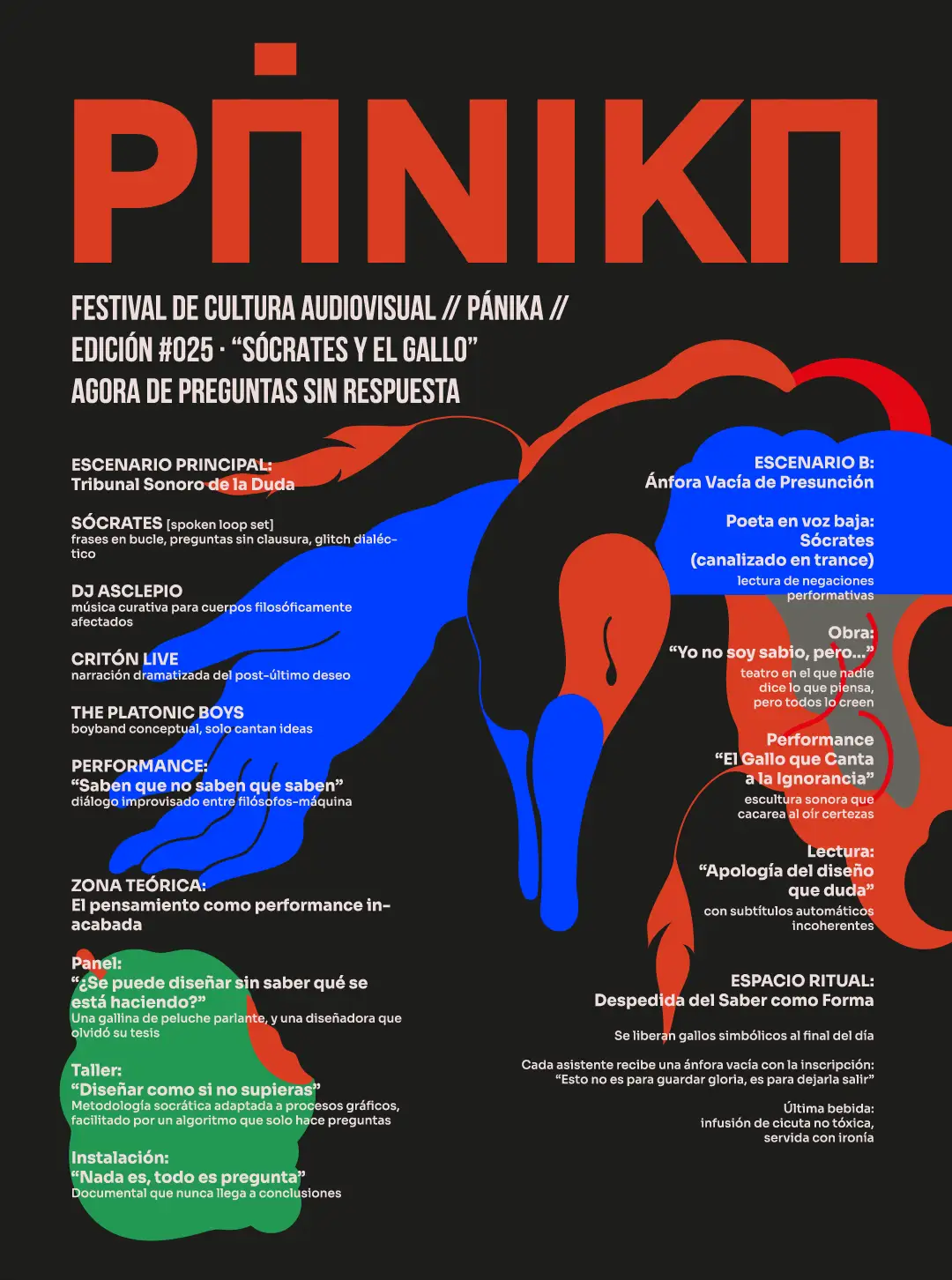
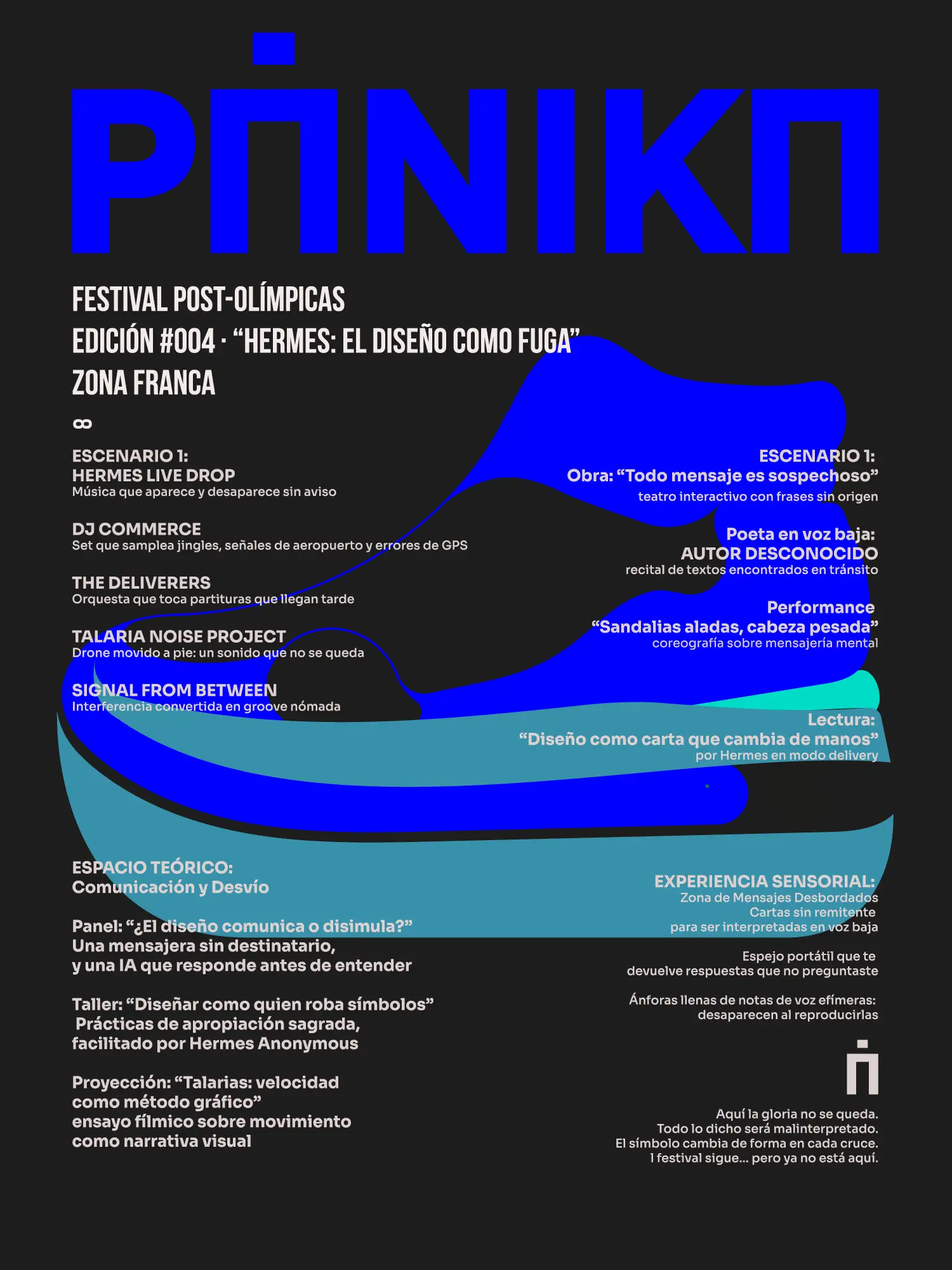
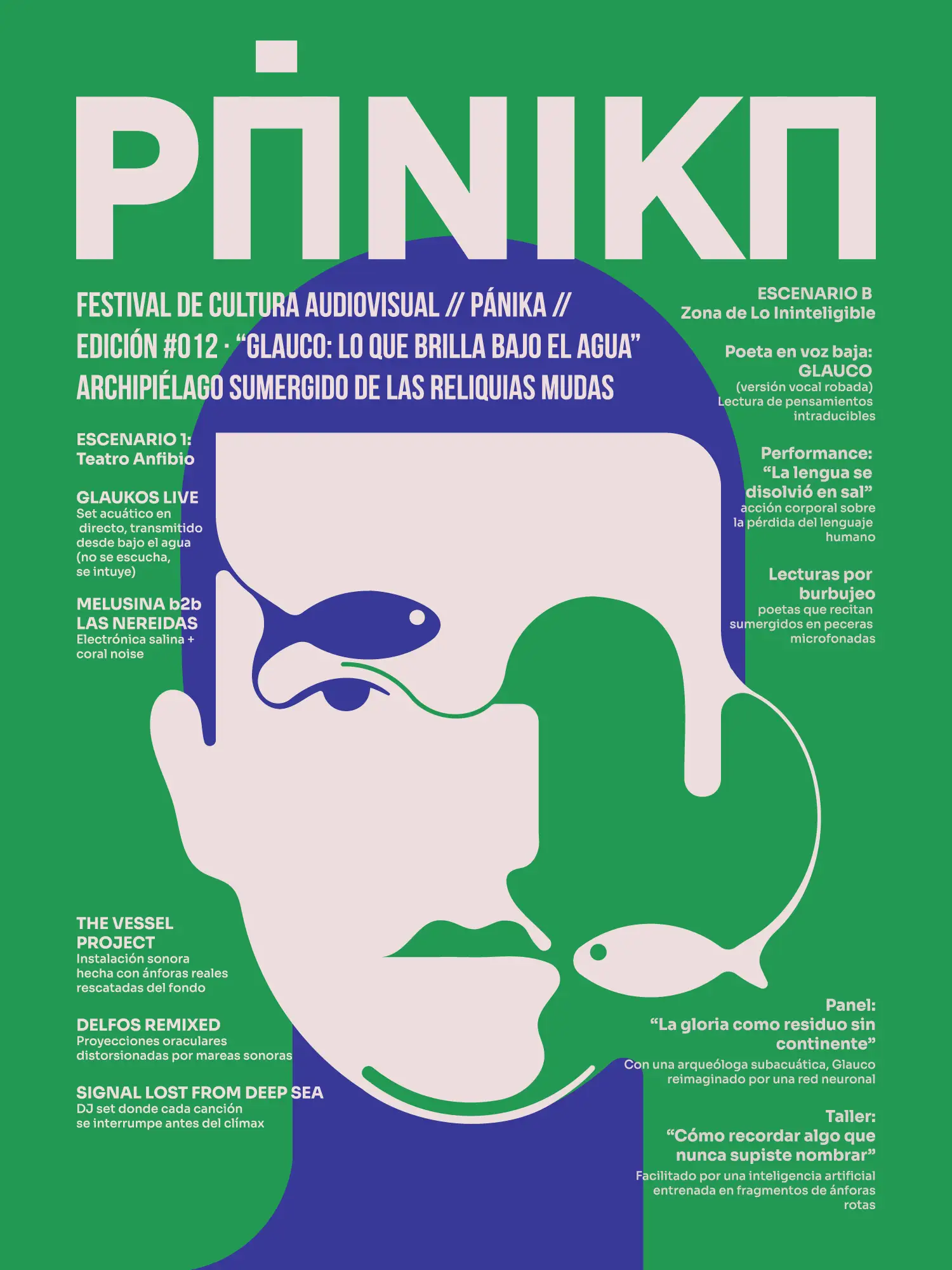
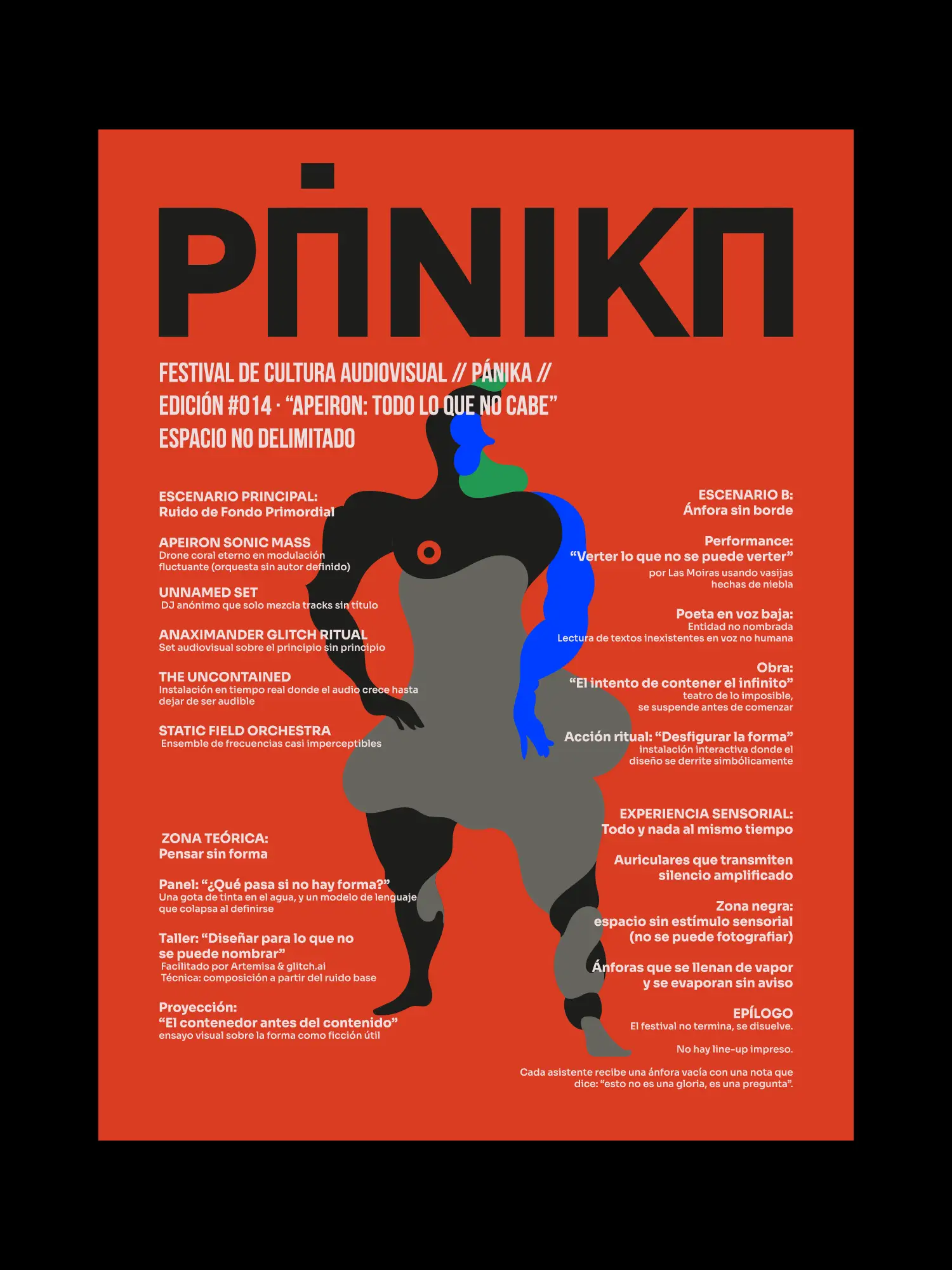
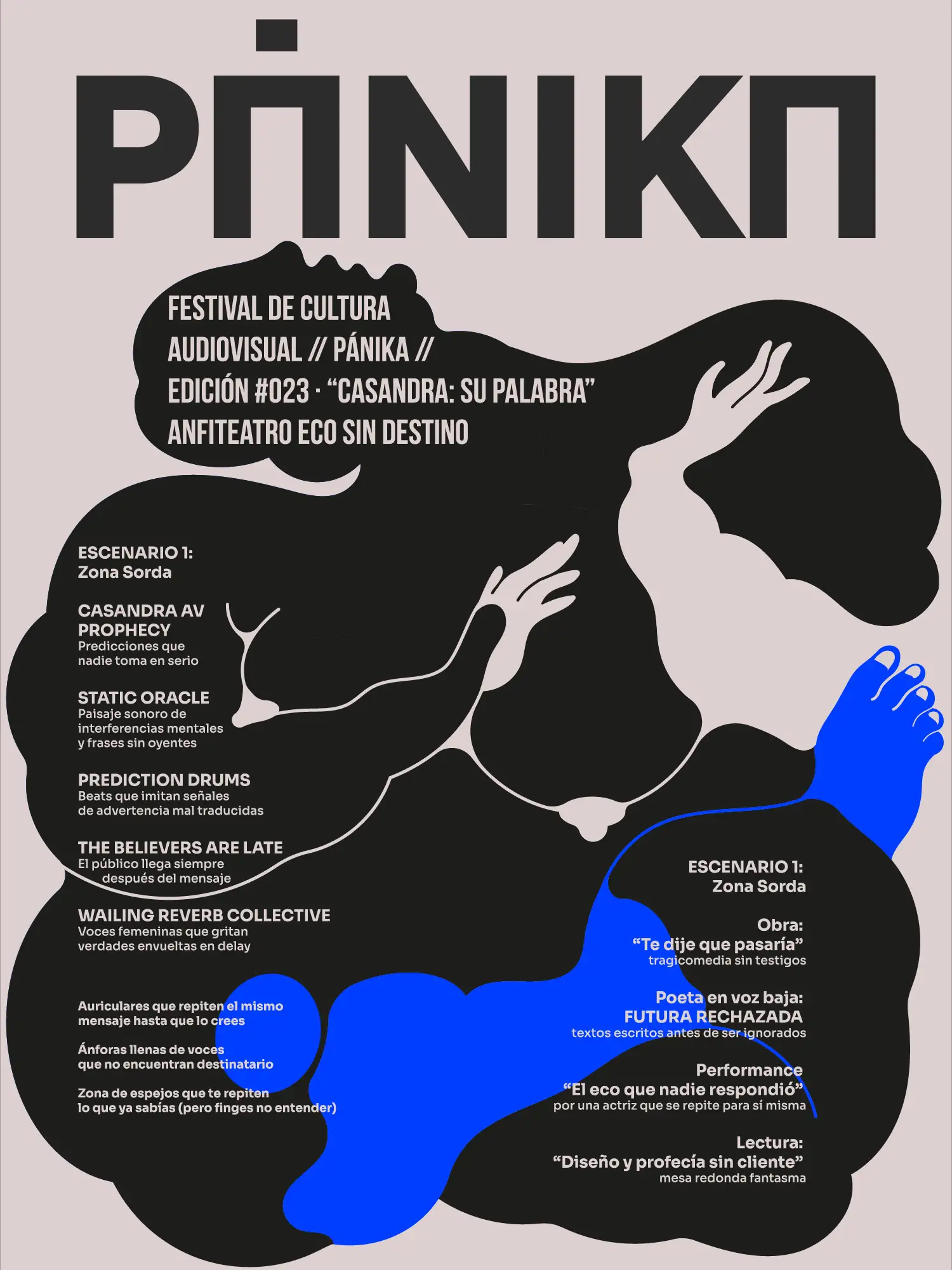
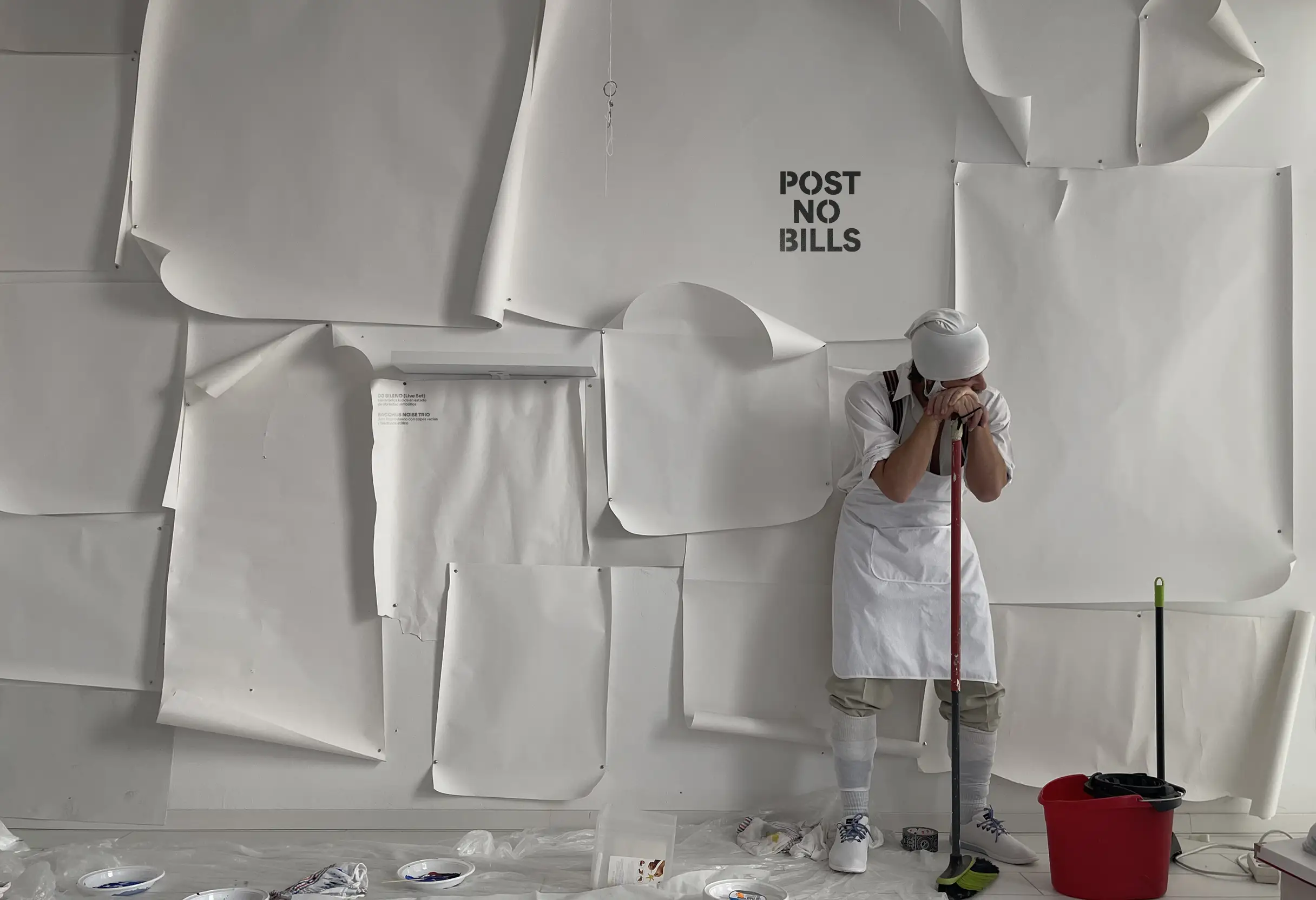
< View all work >
Contact
martin@martinsati.com
Follow me
Info
Terms and Conditions
Privacy policy
Copyright © 2025 Martin Satí.
